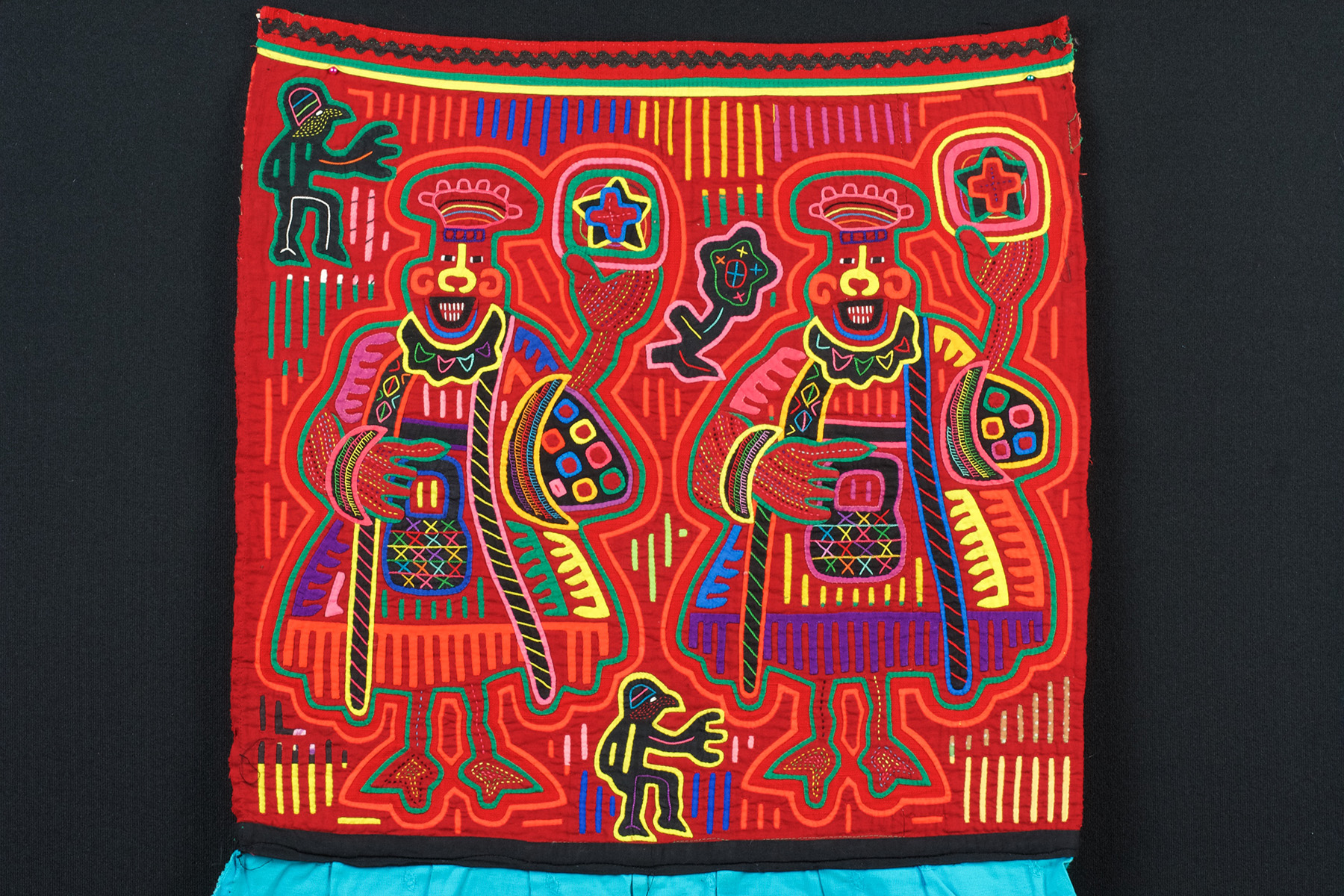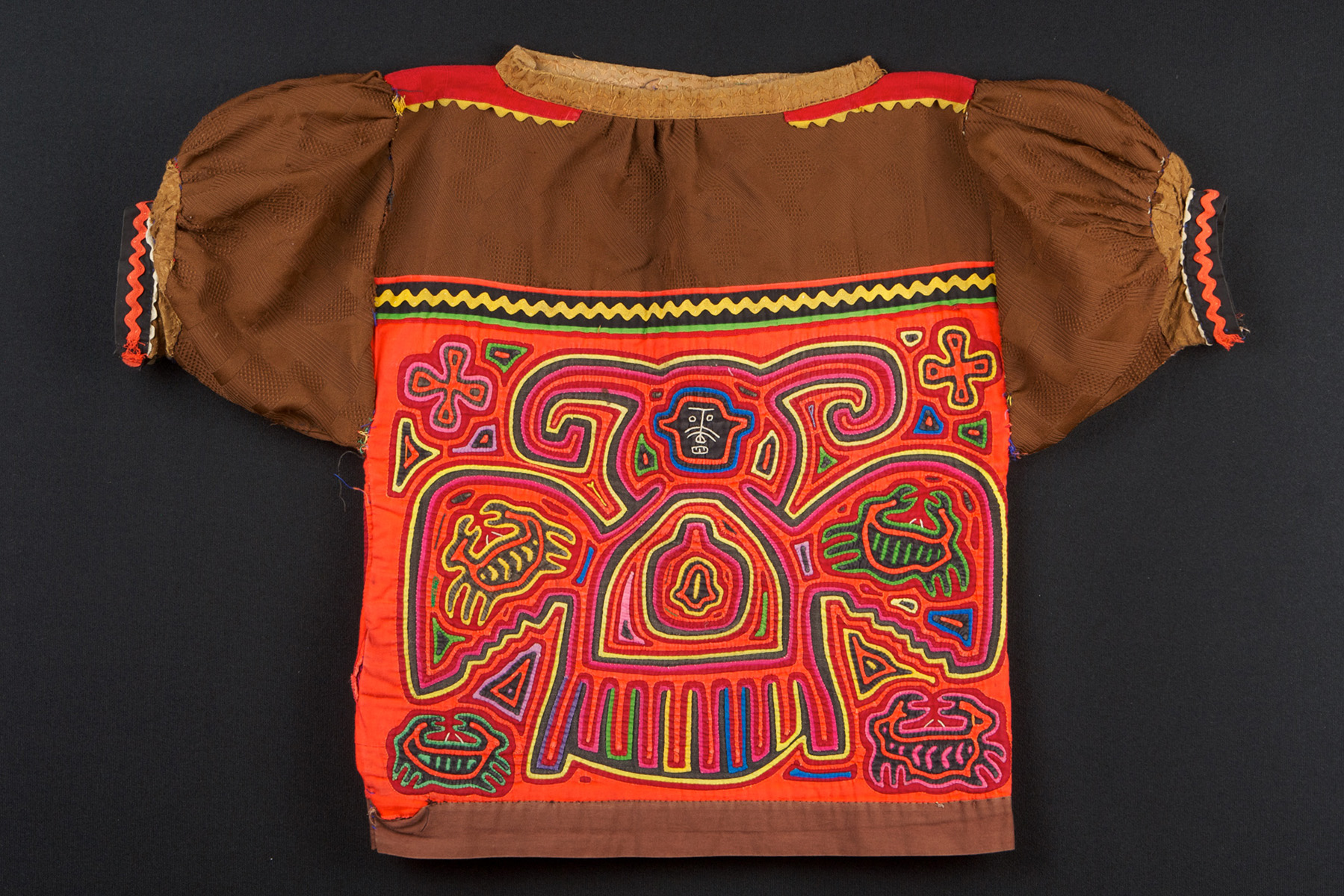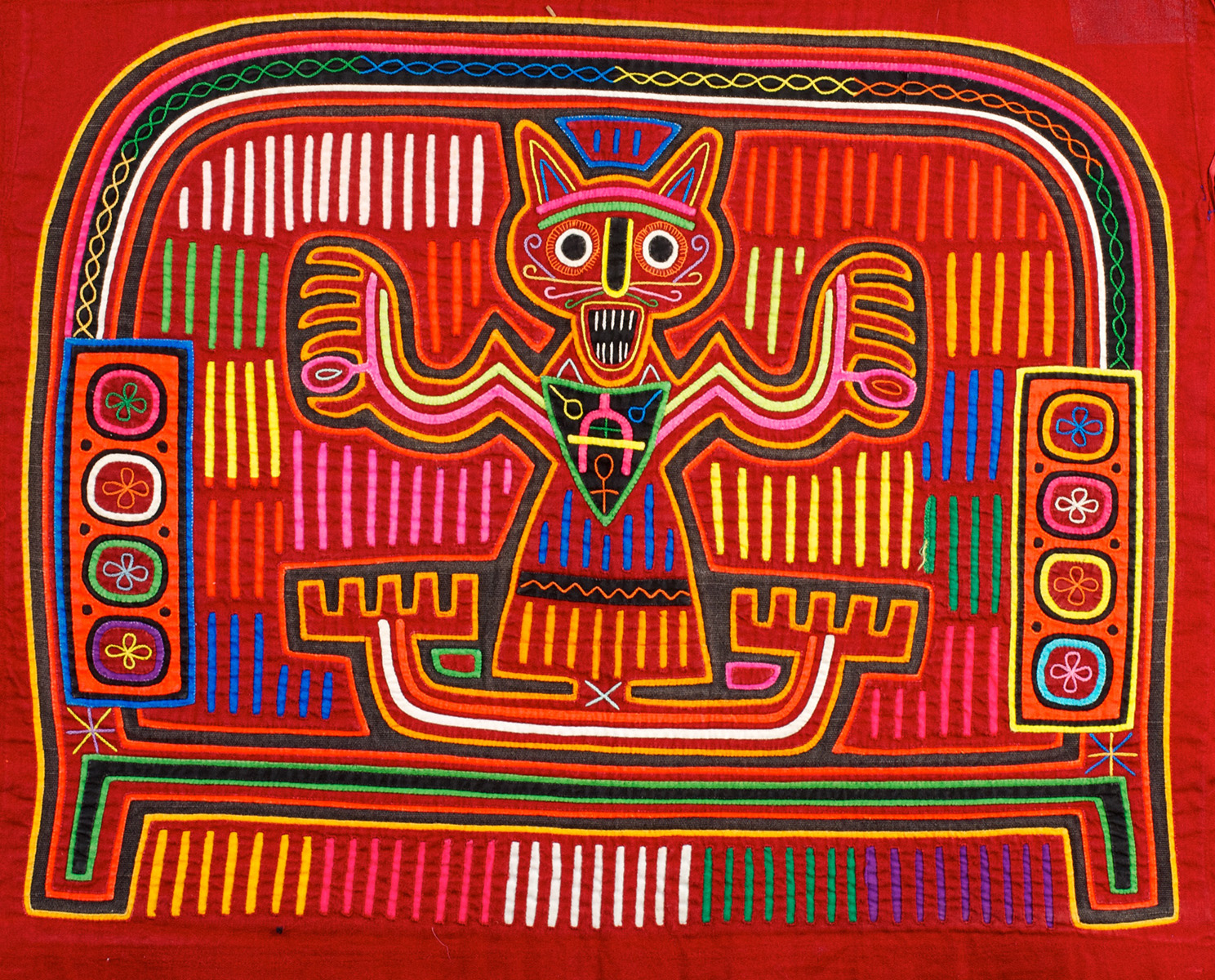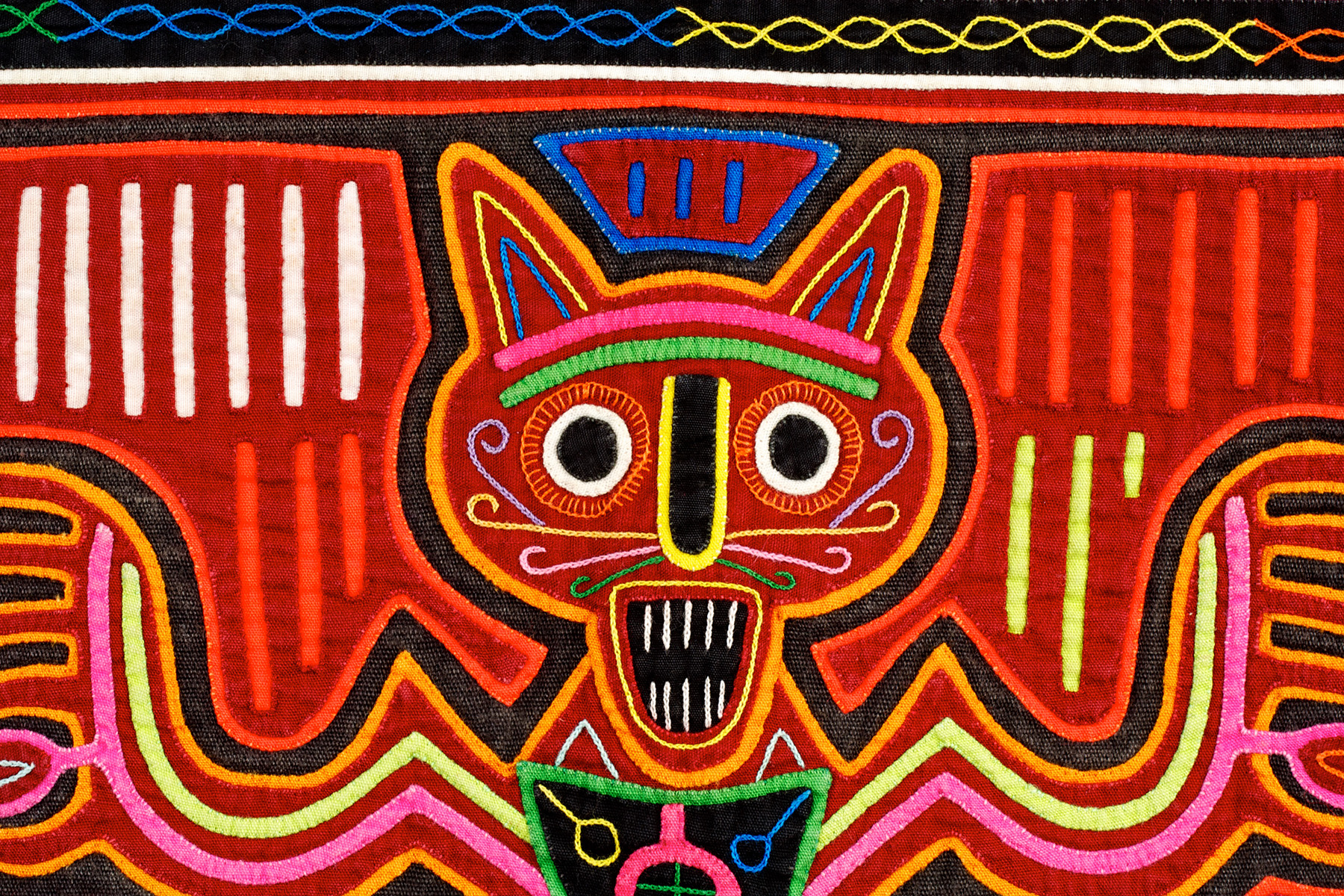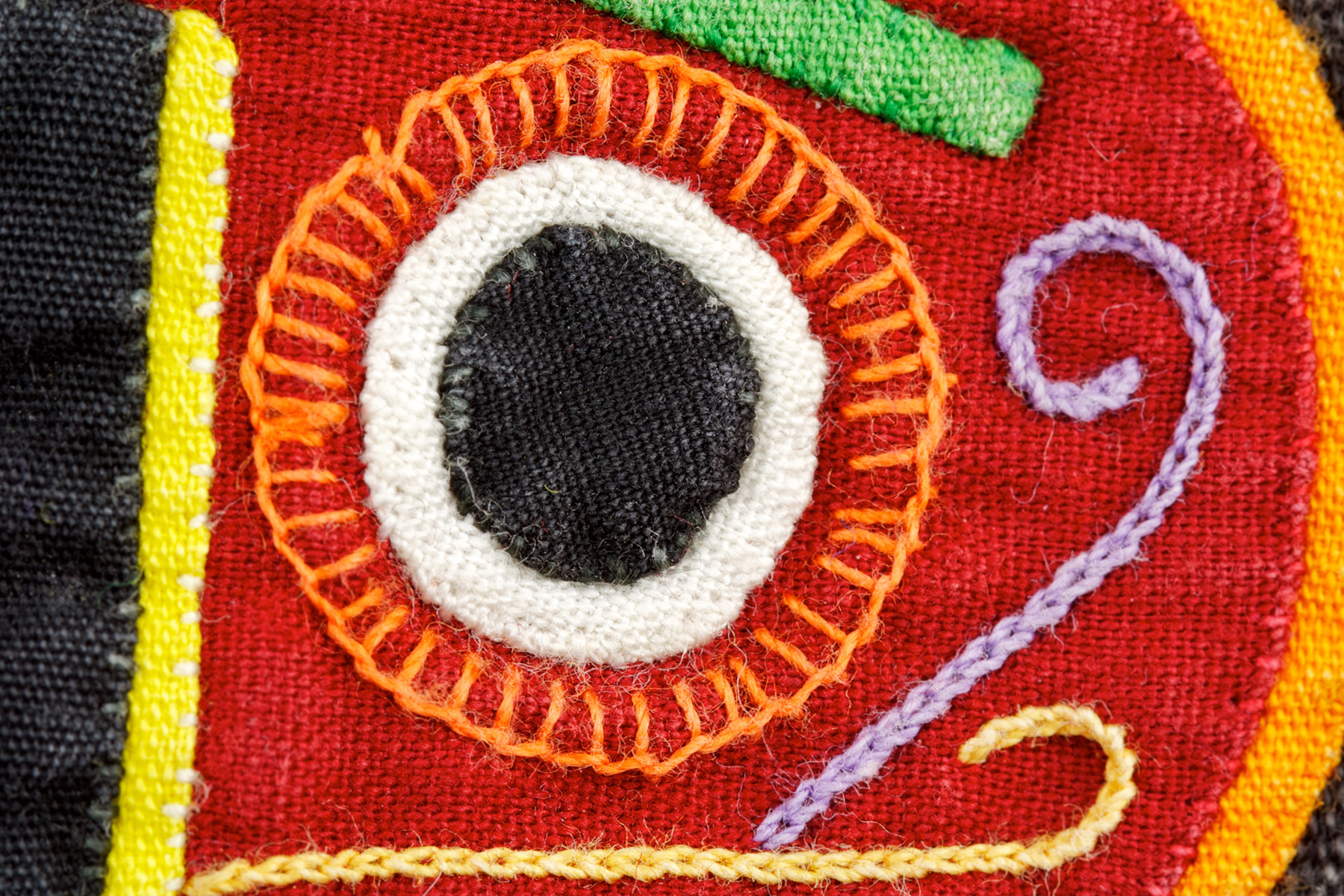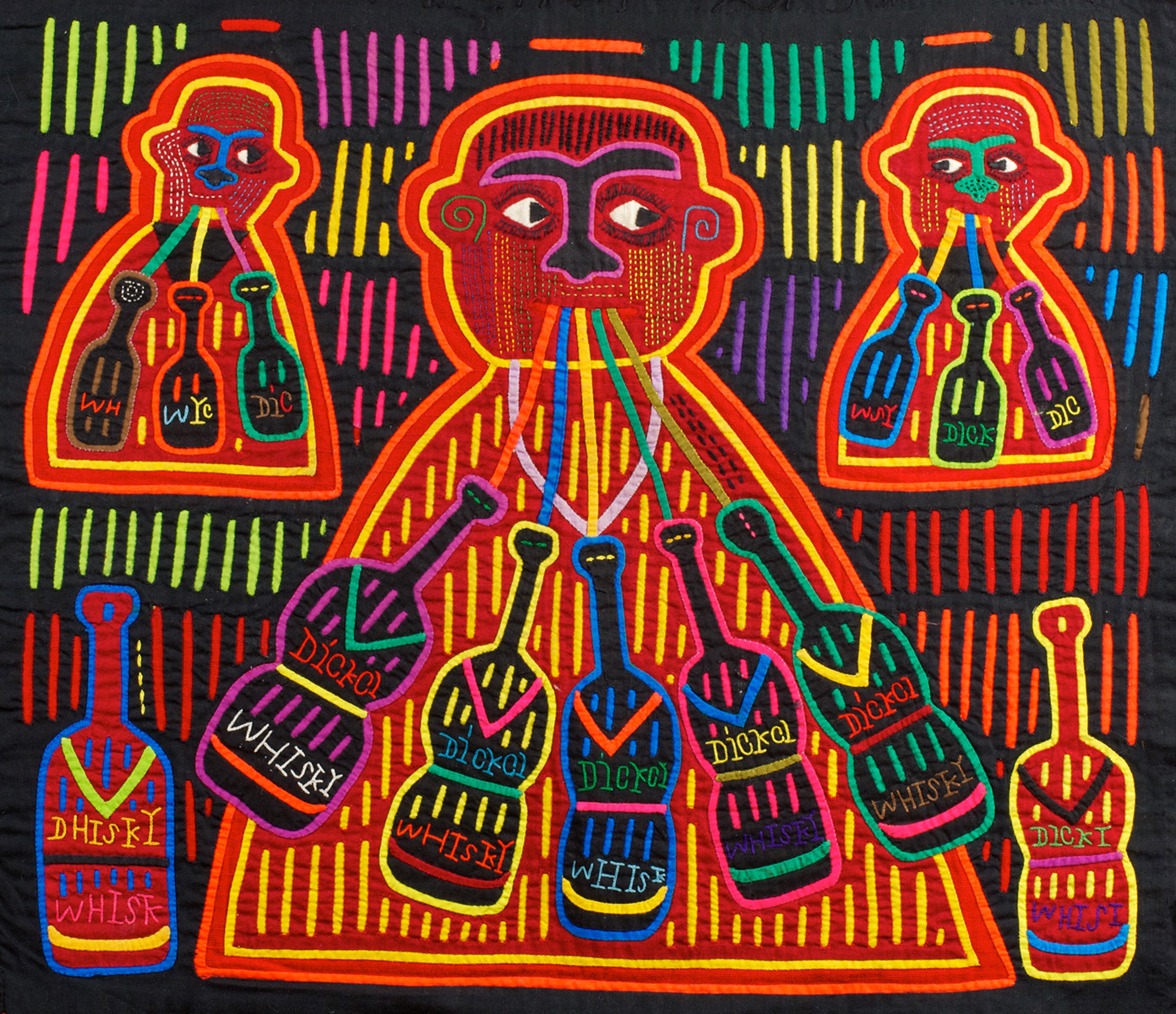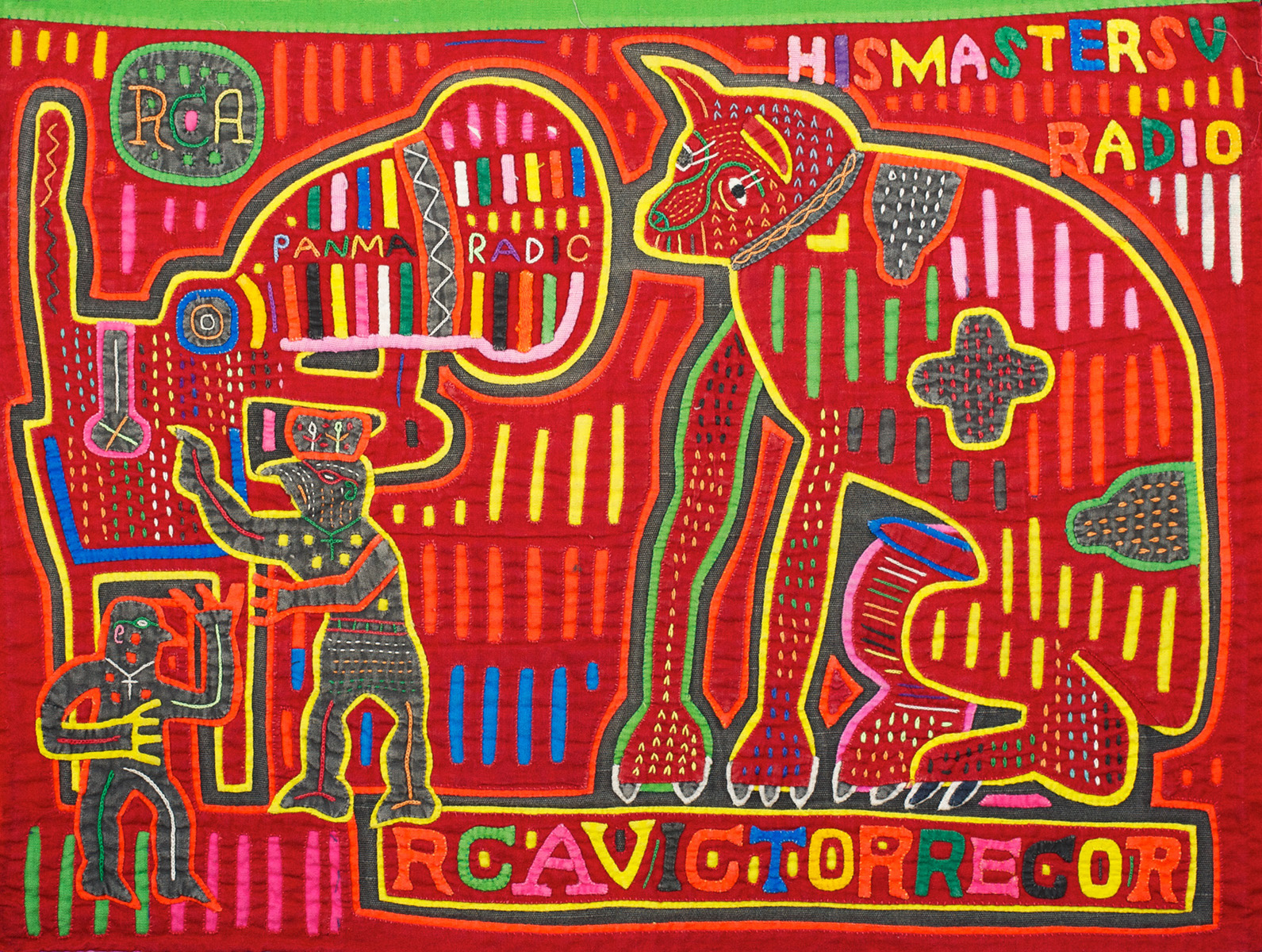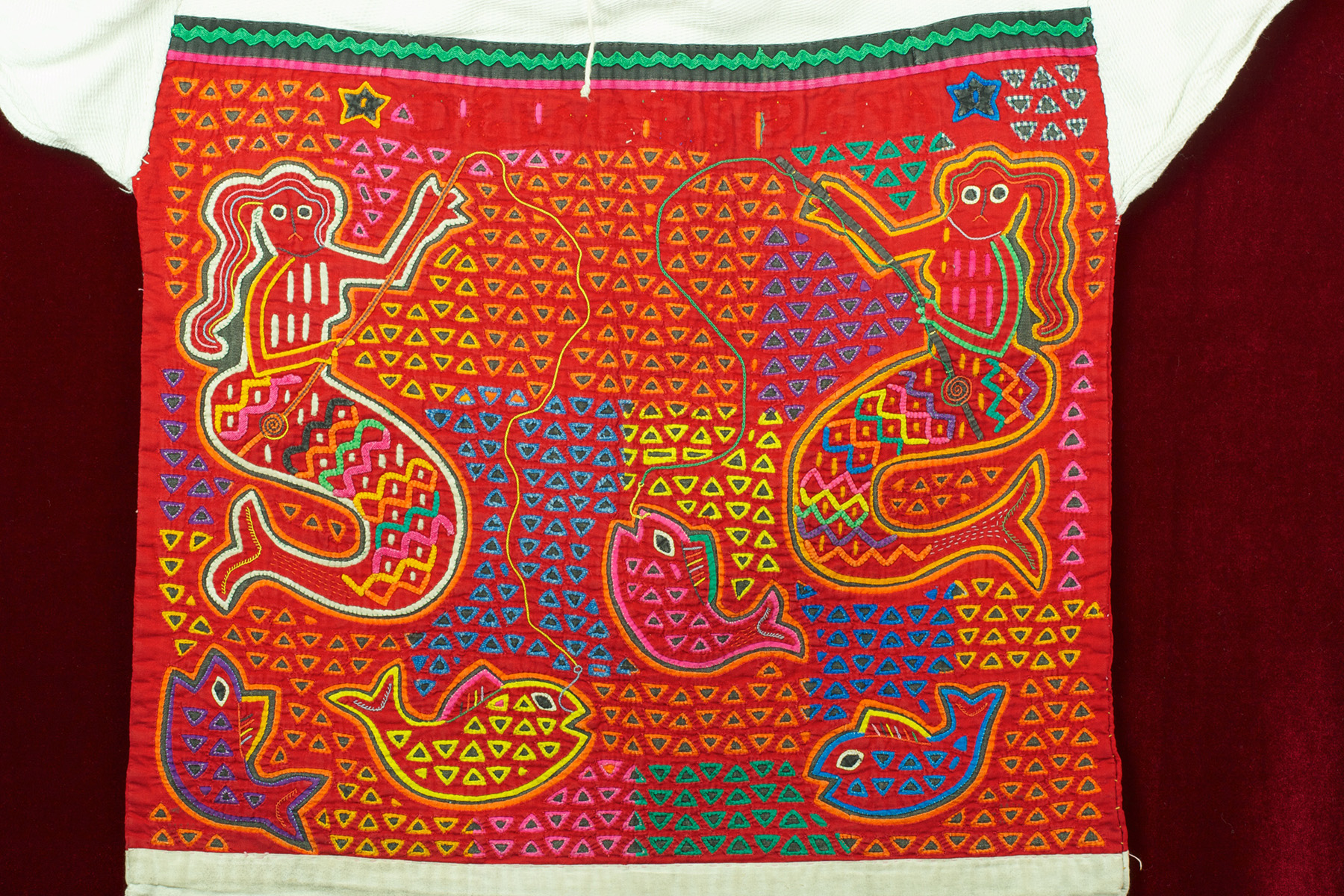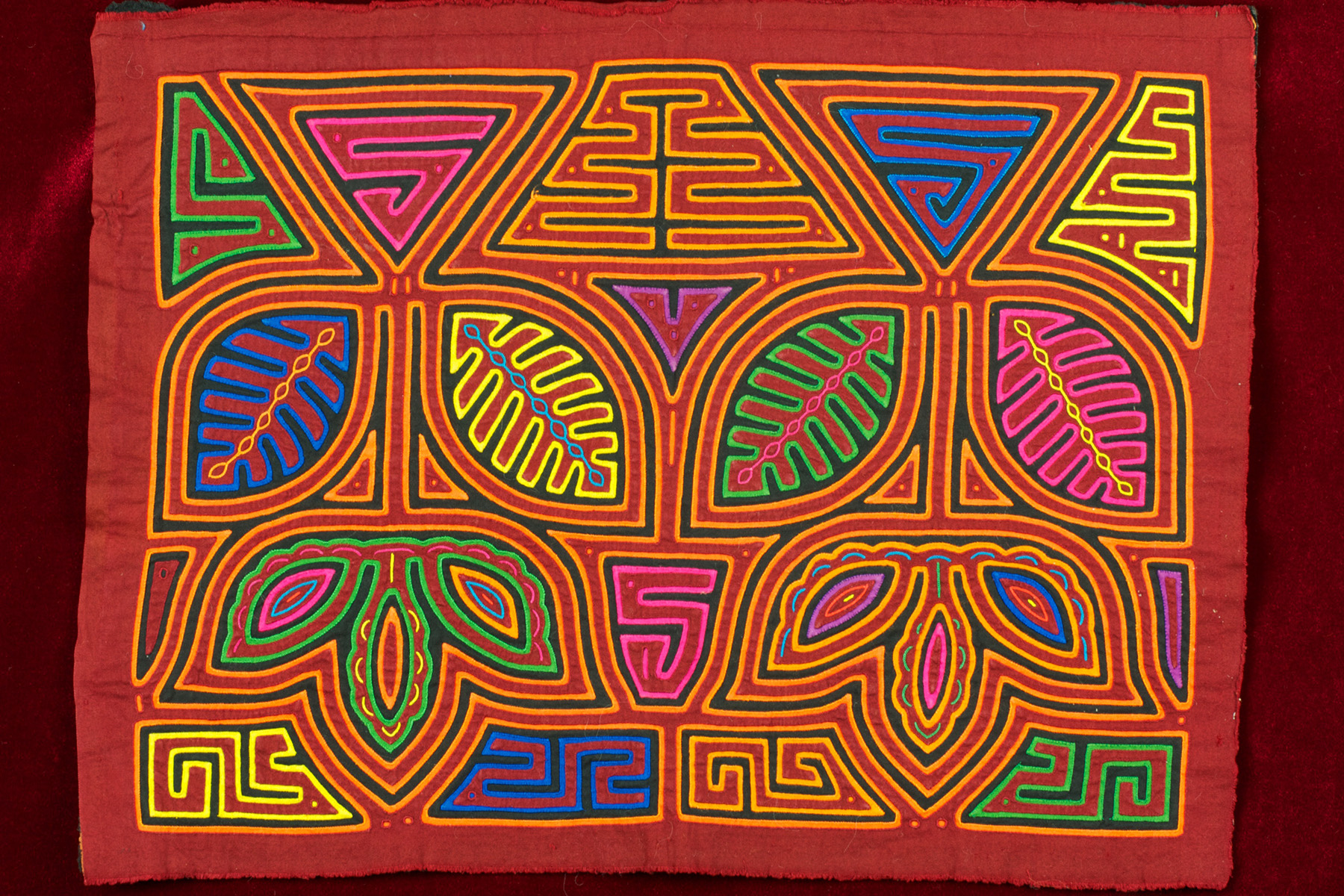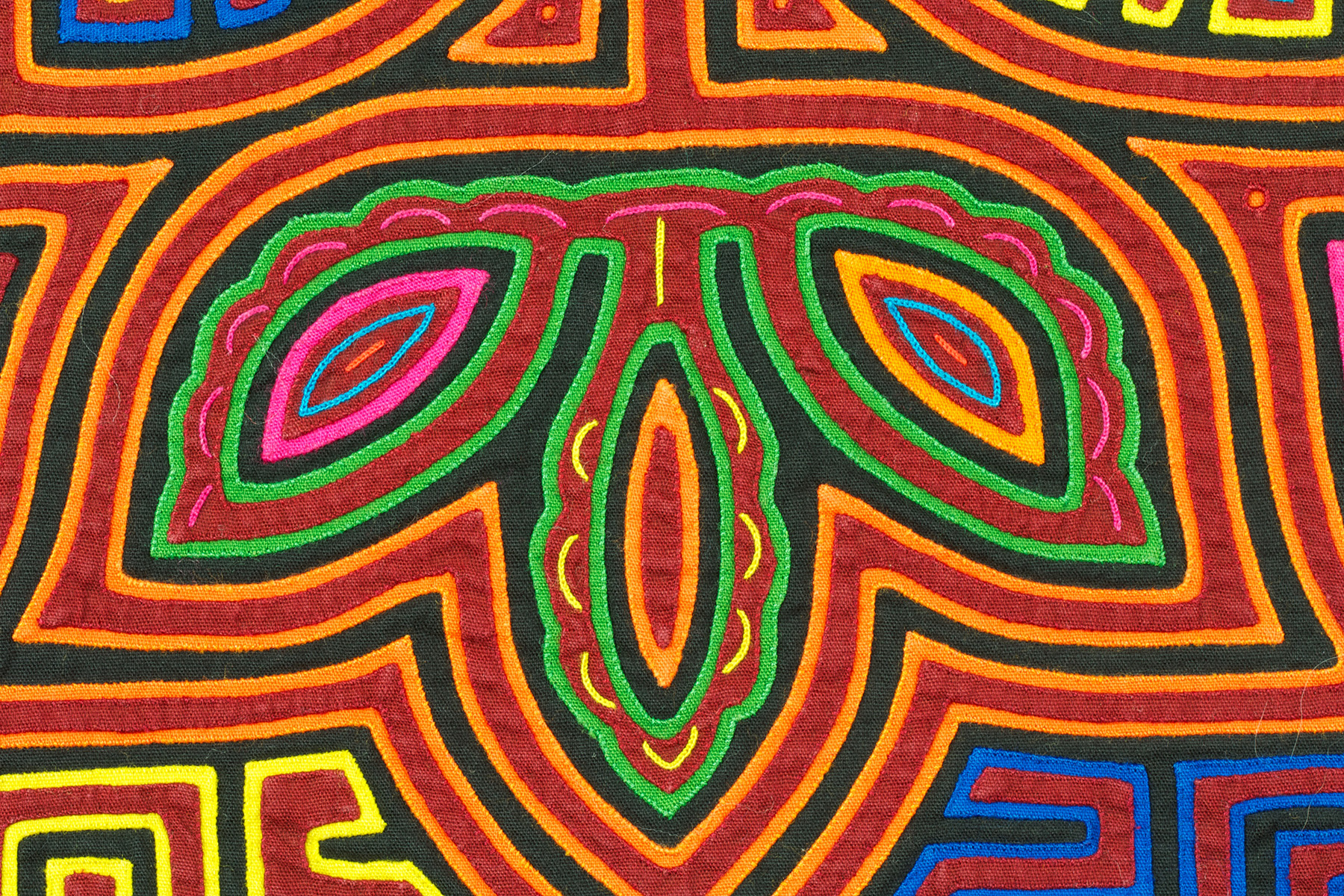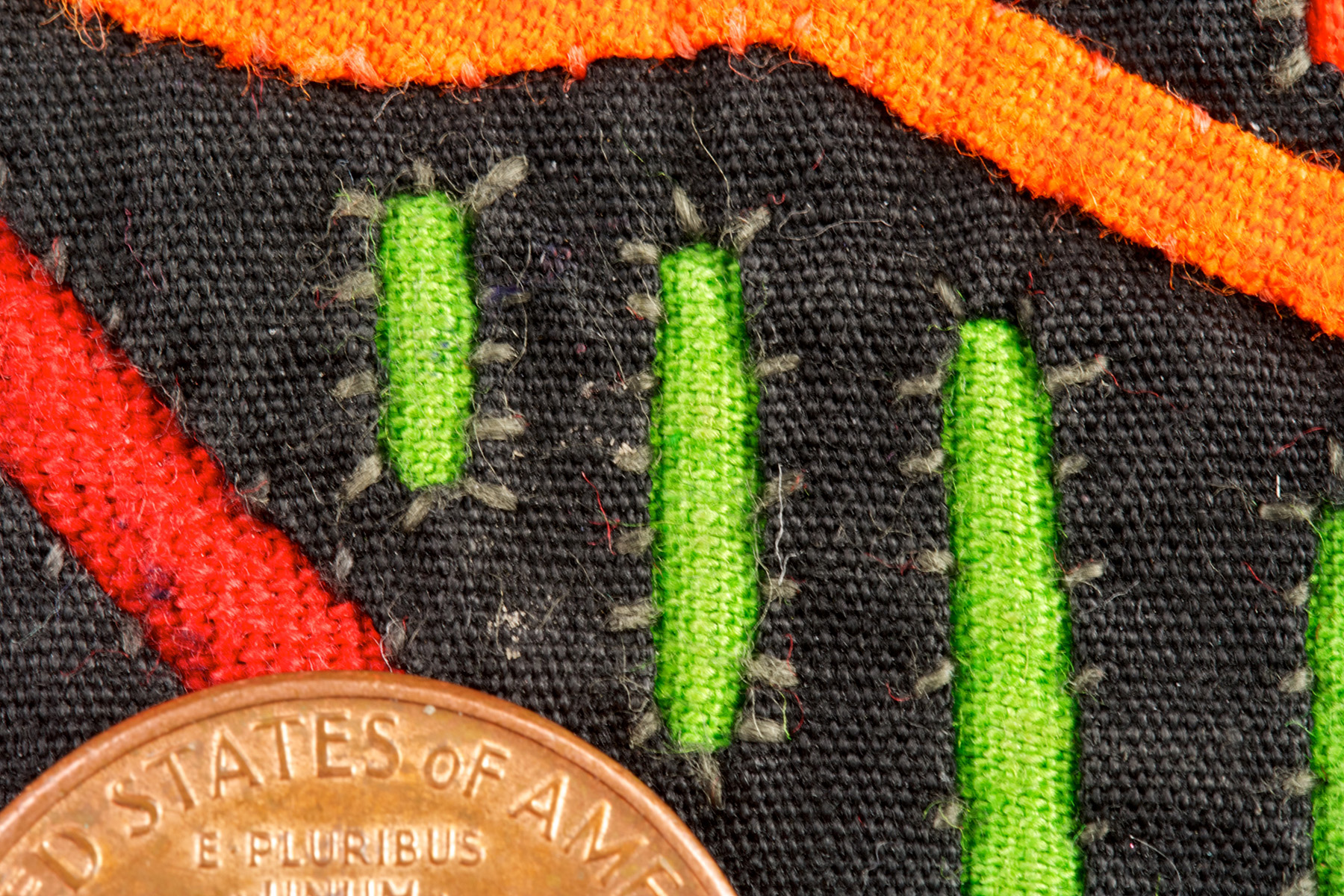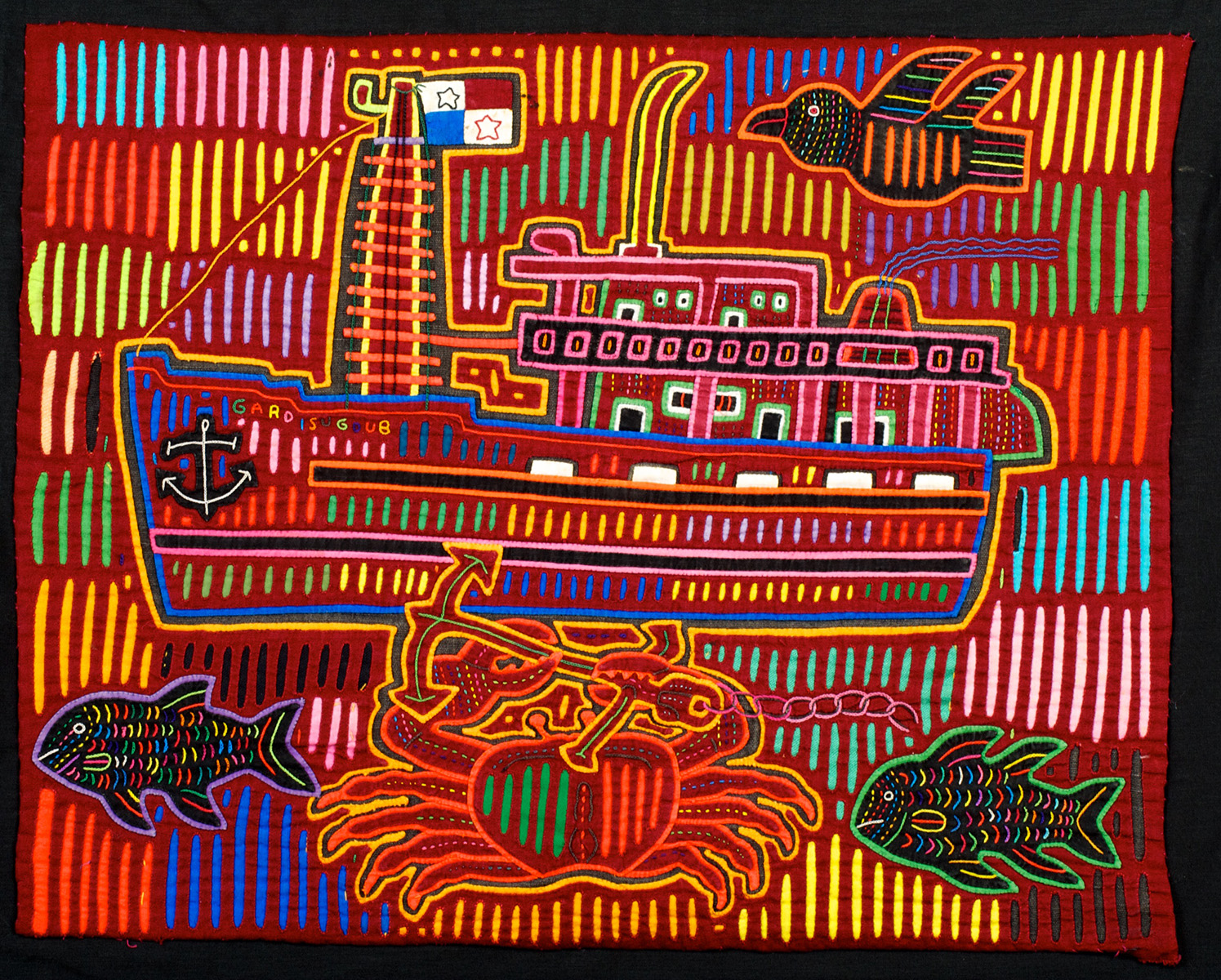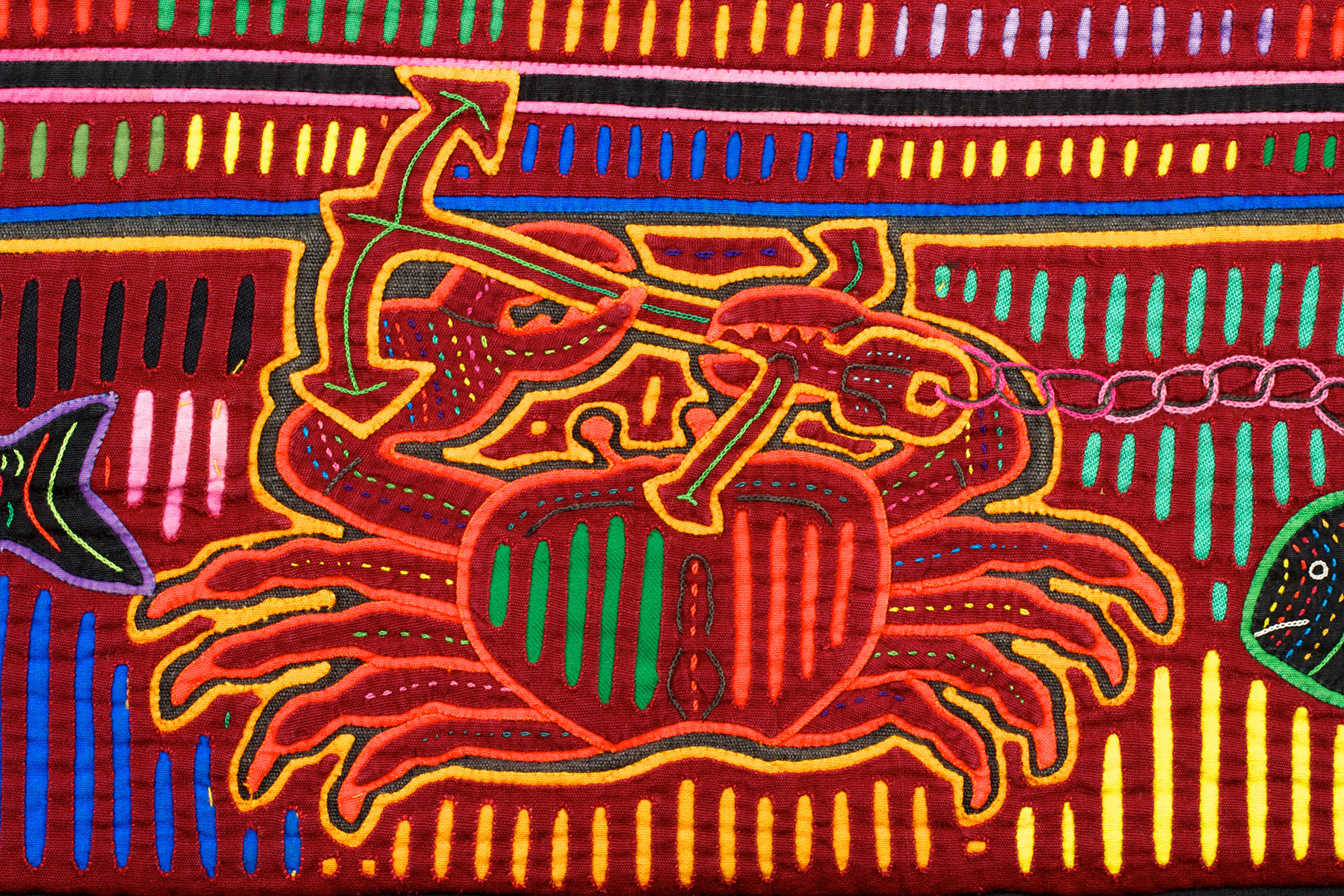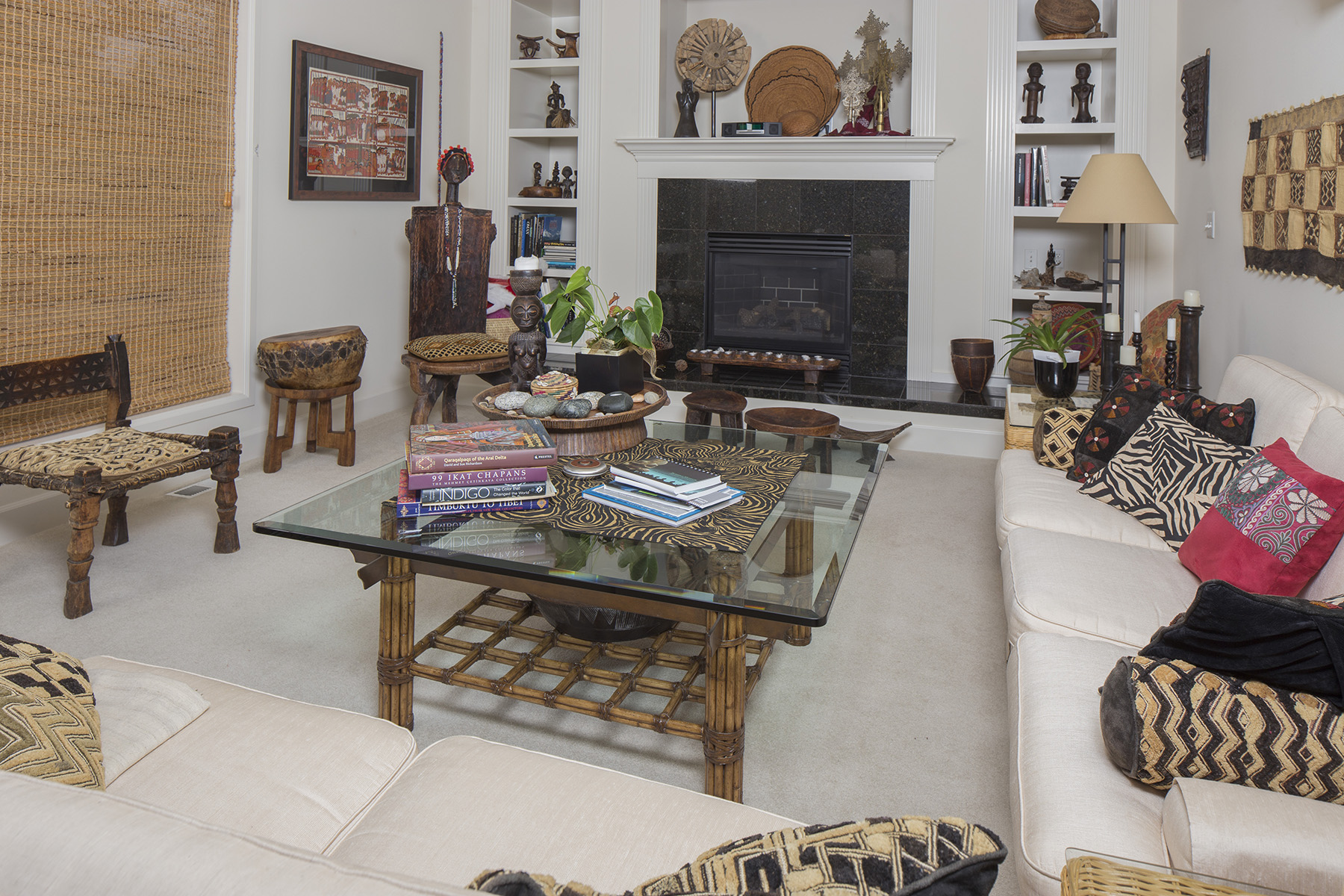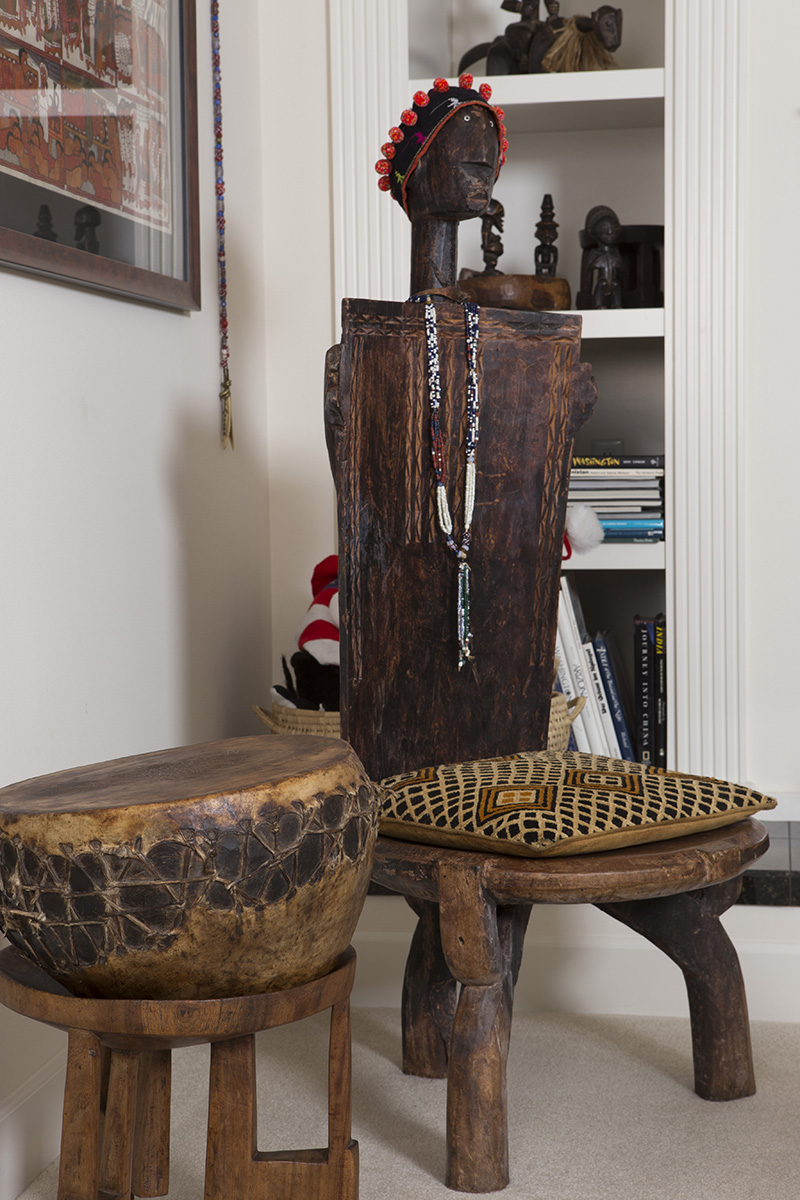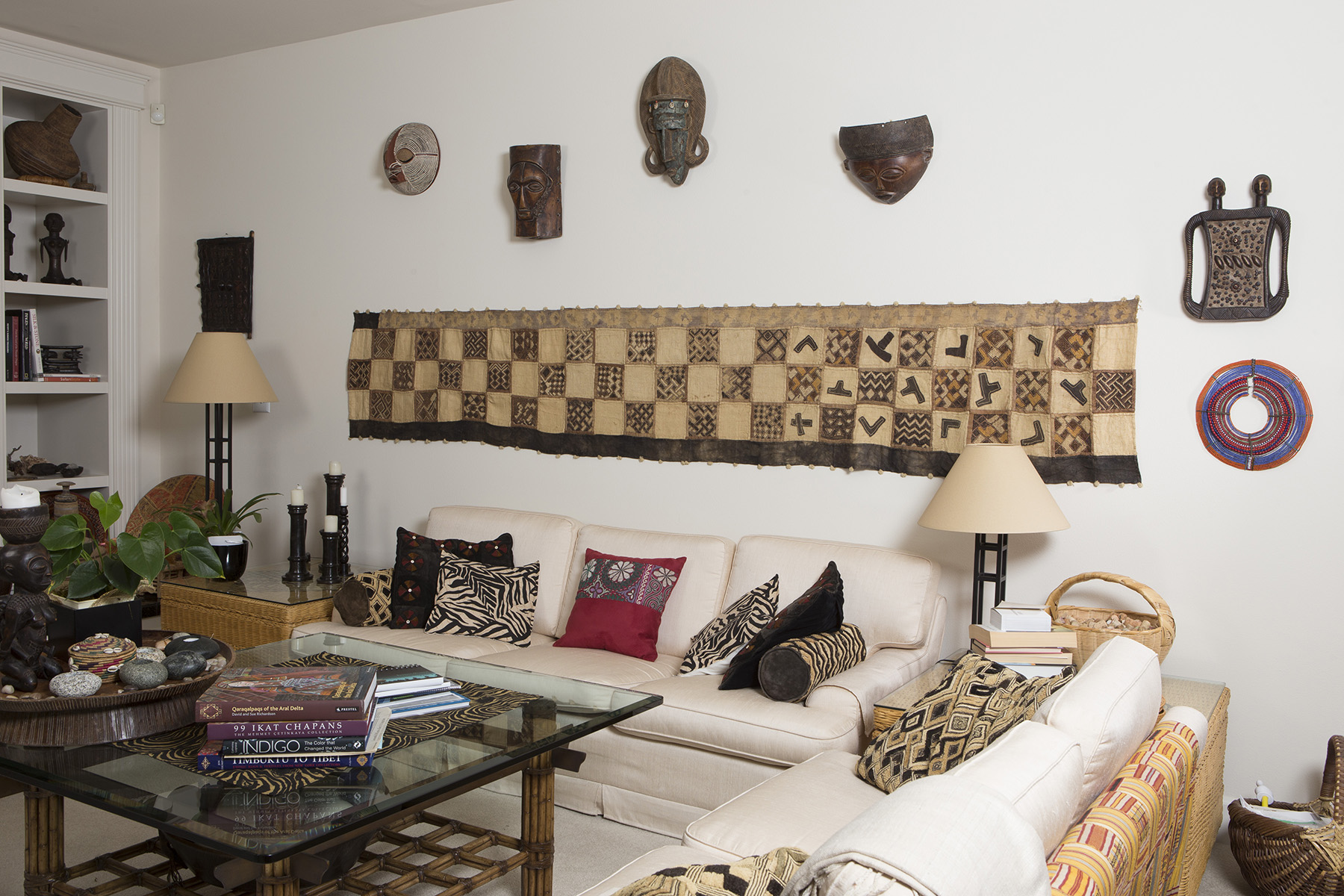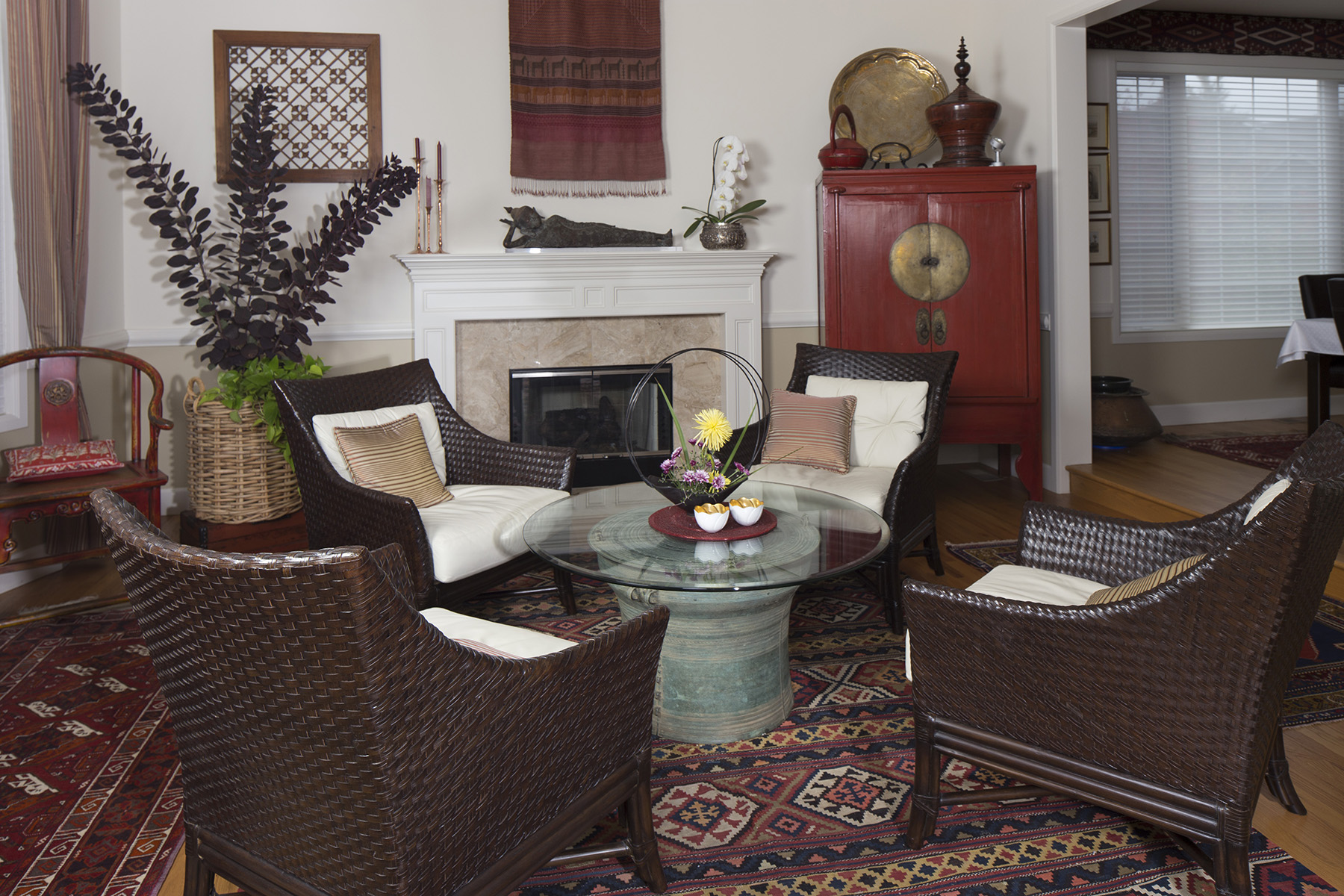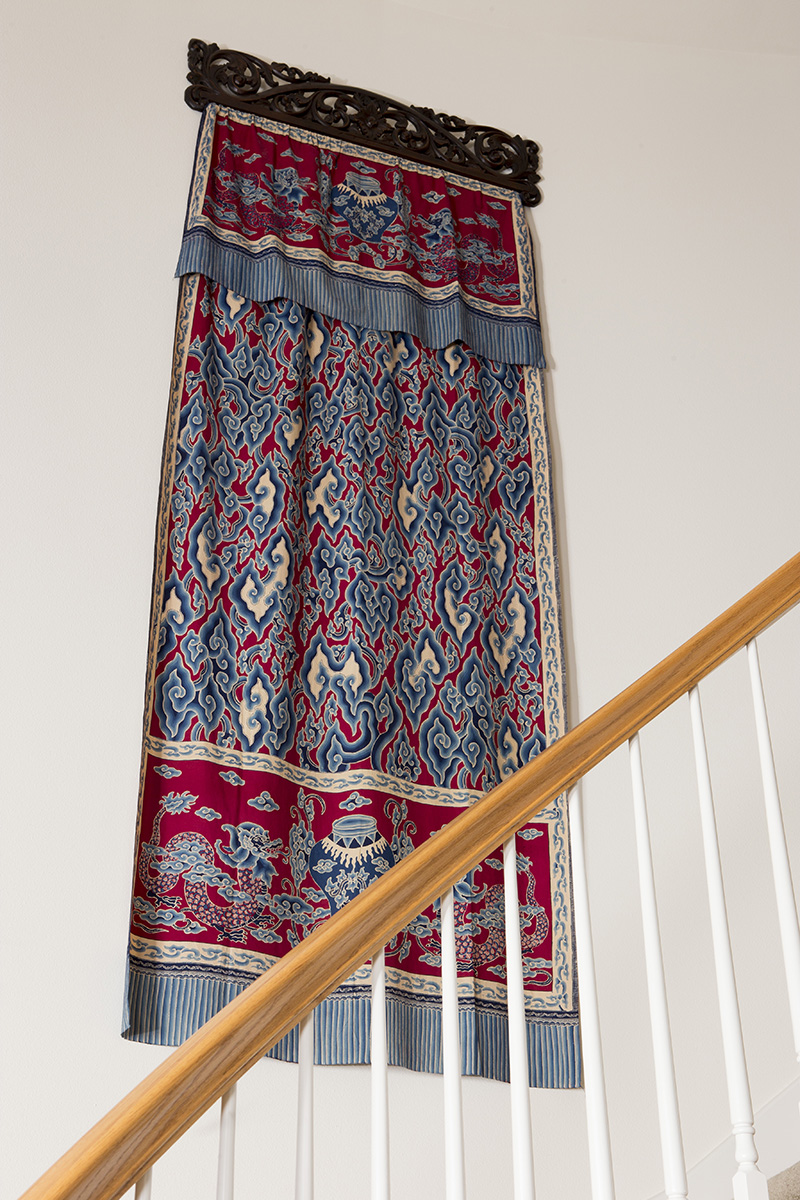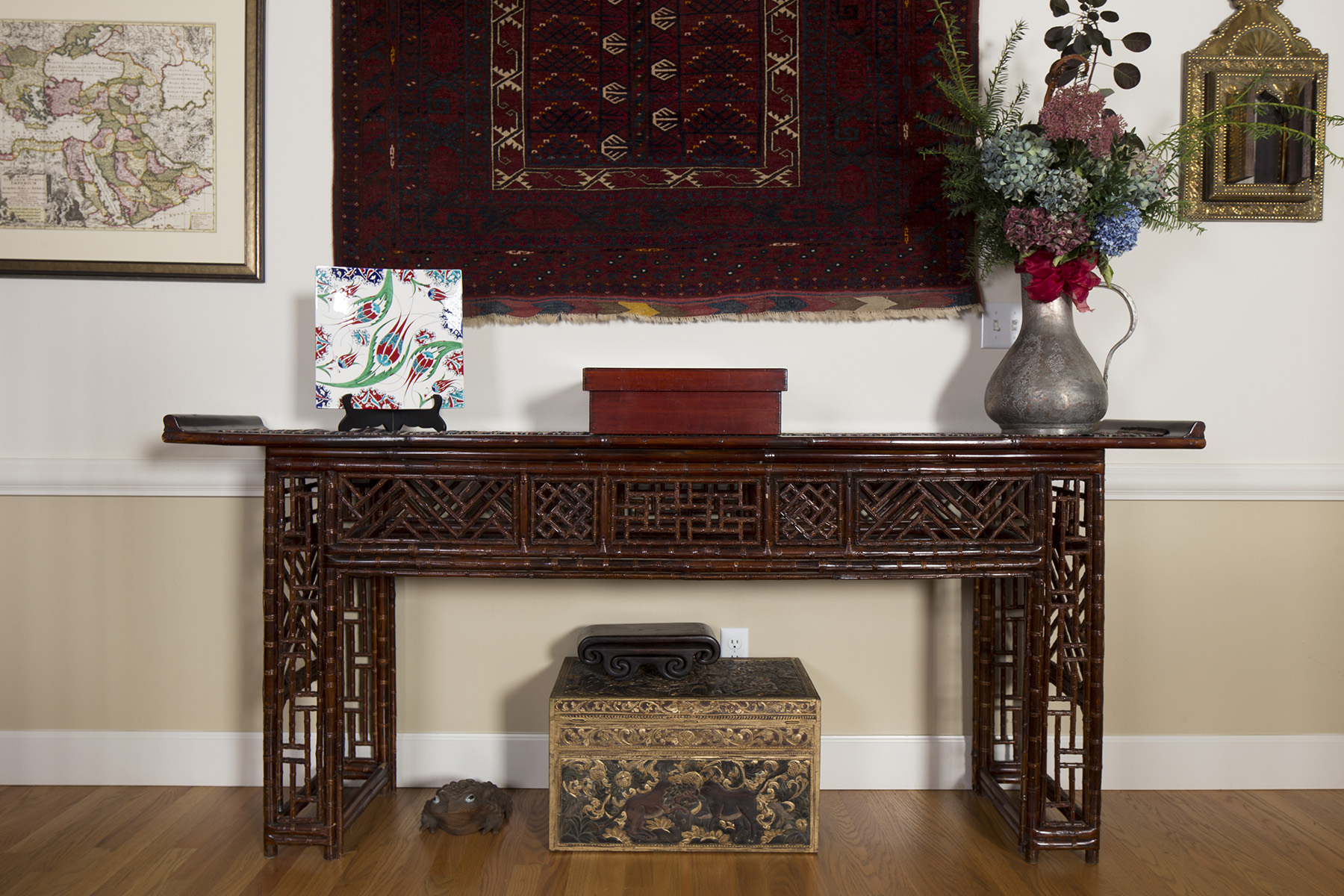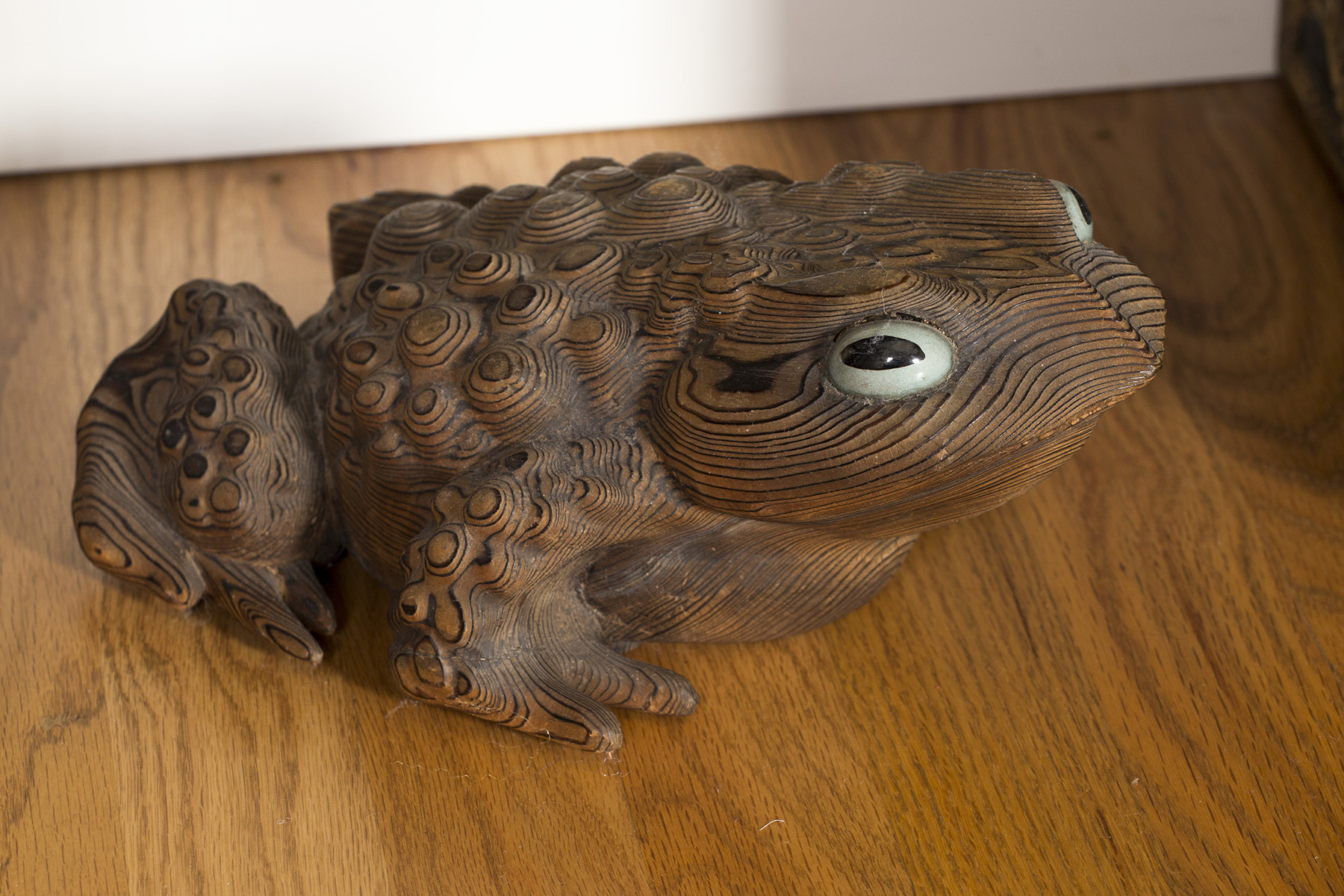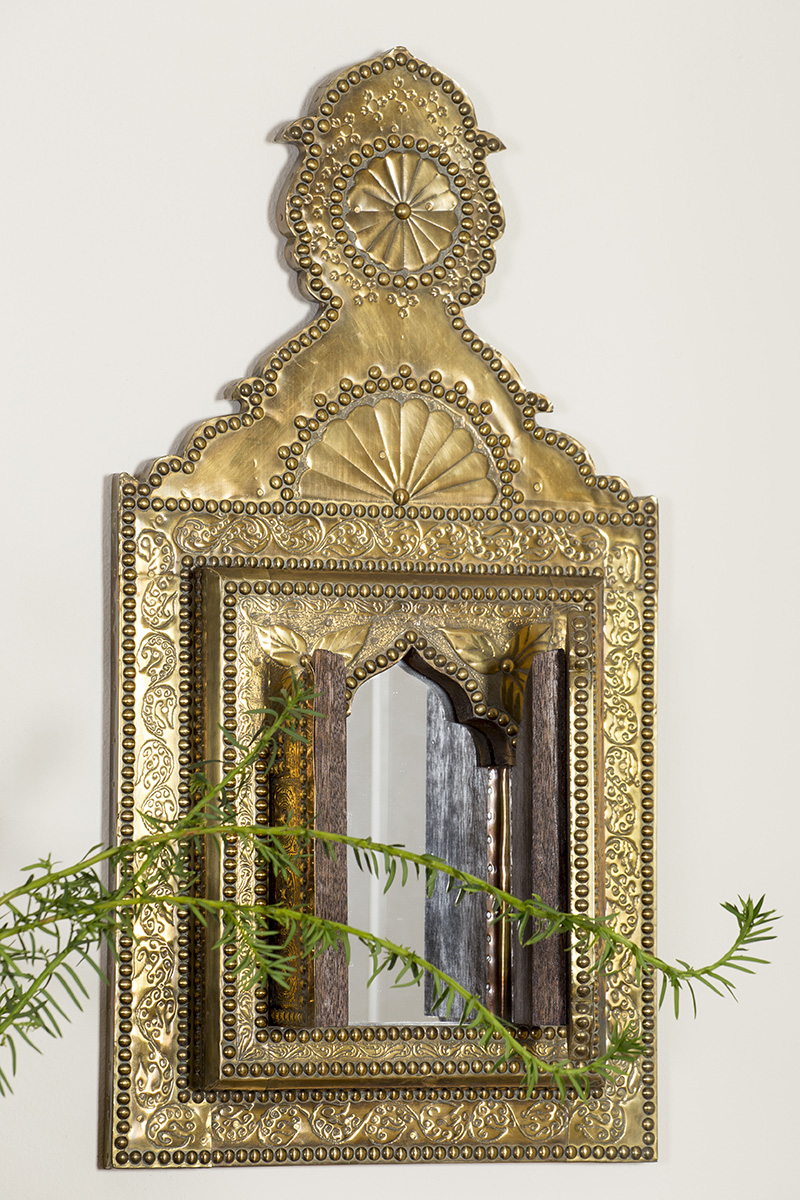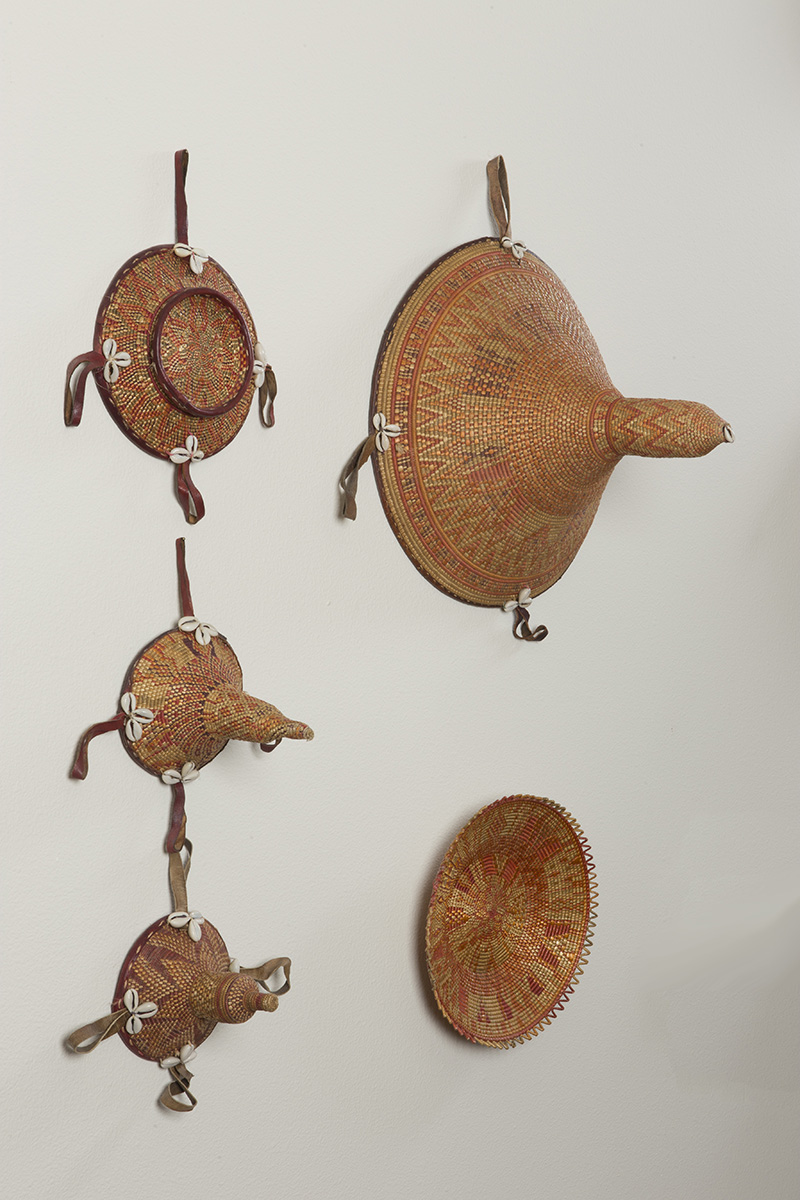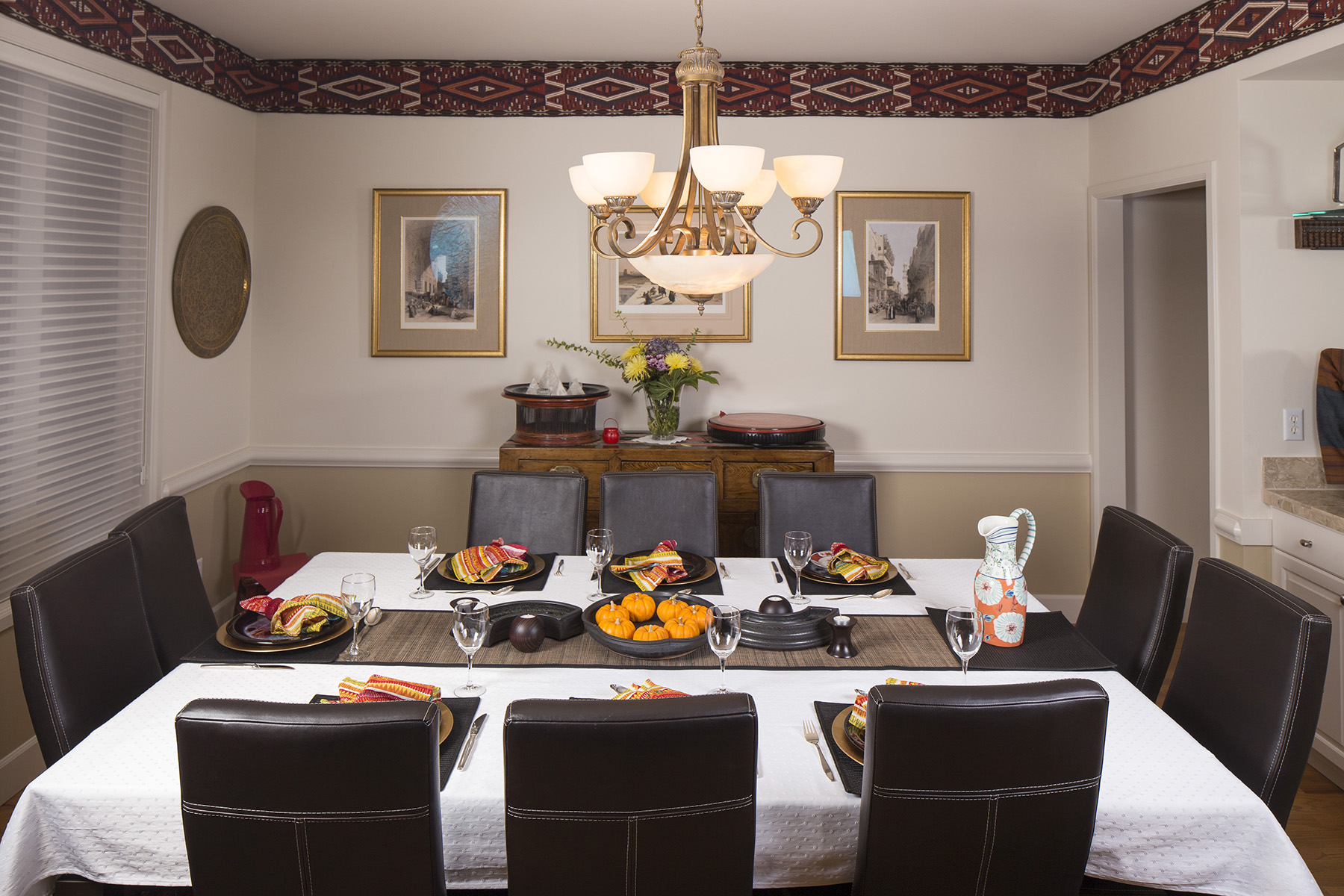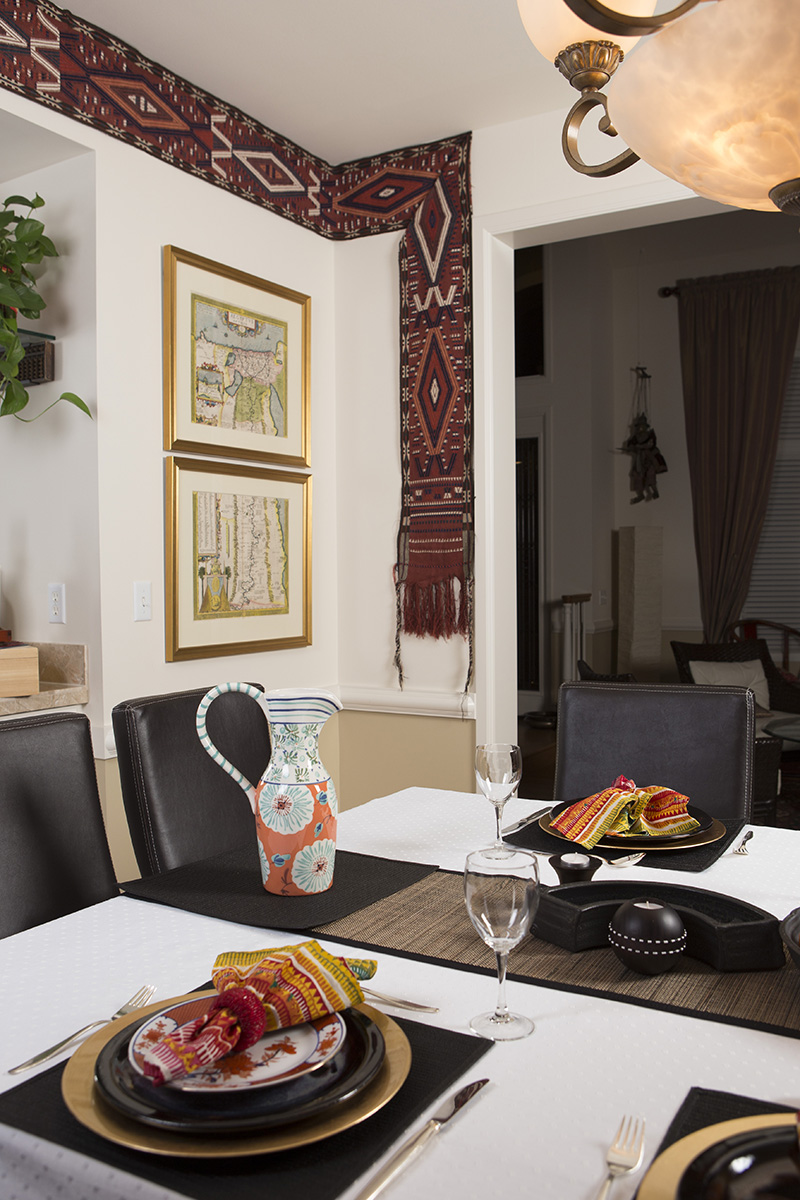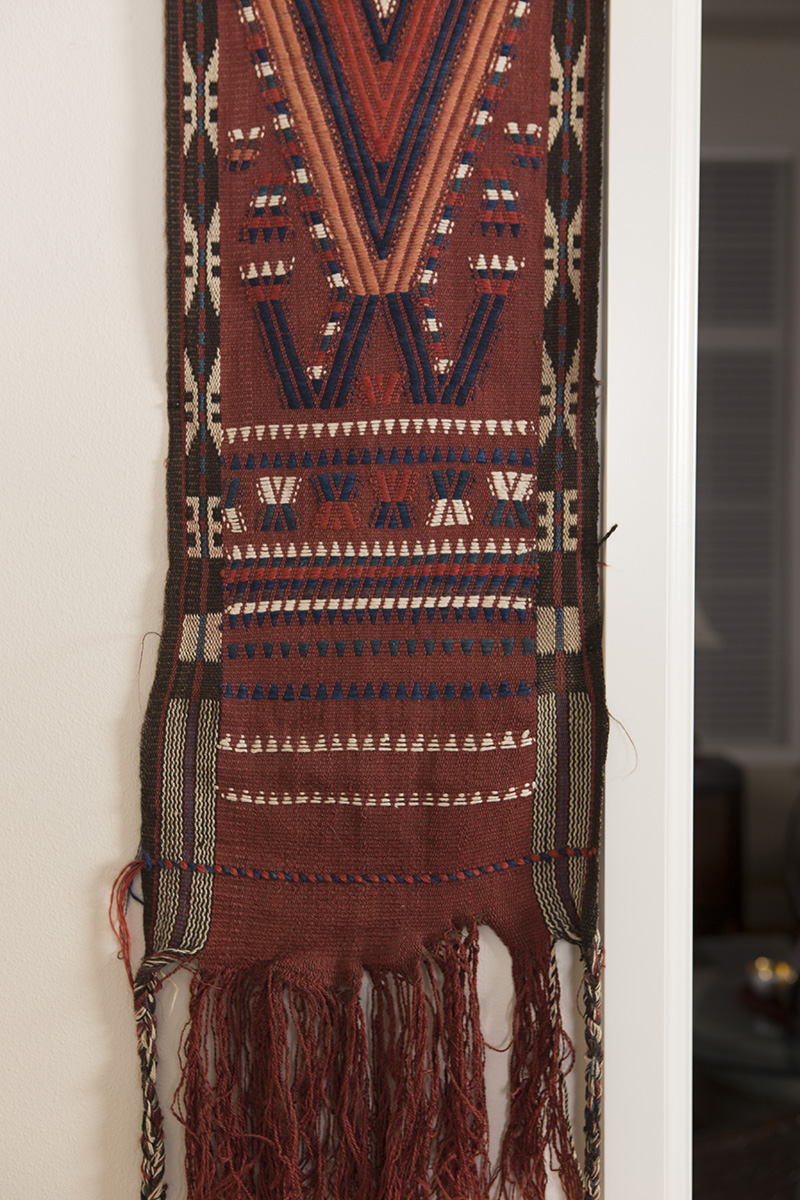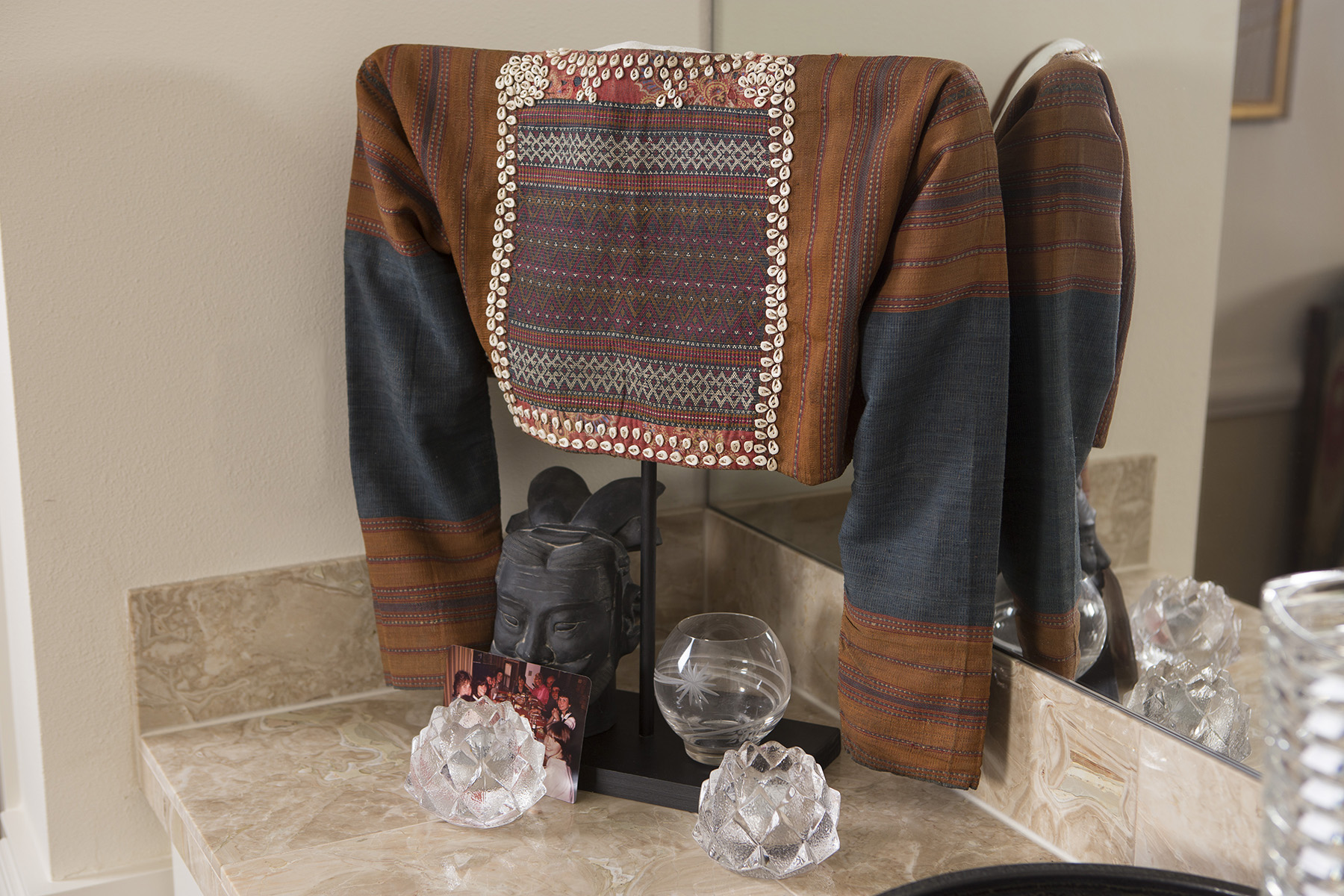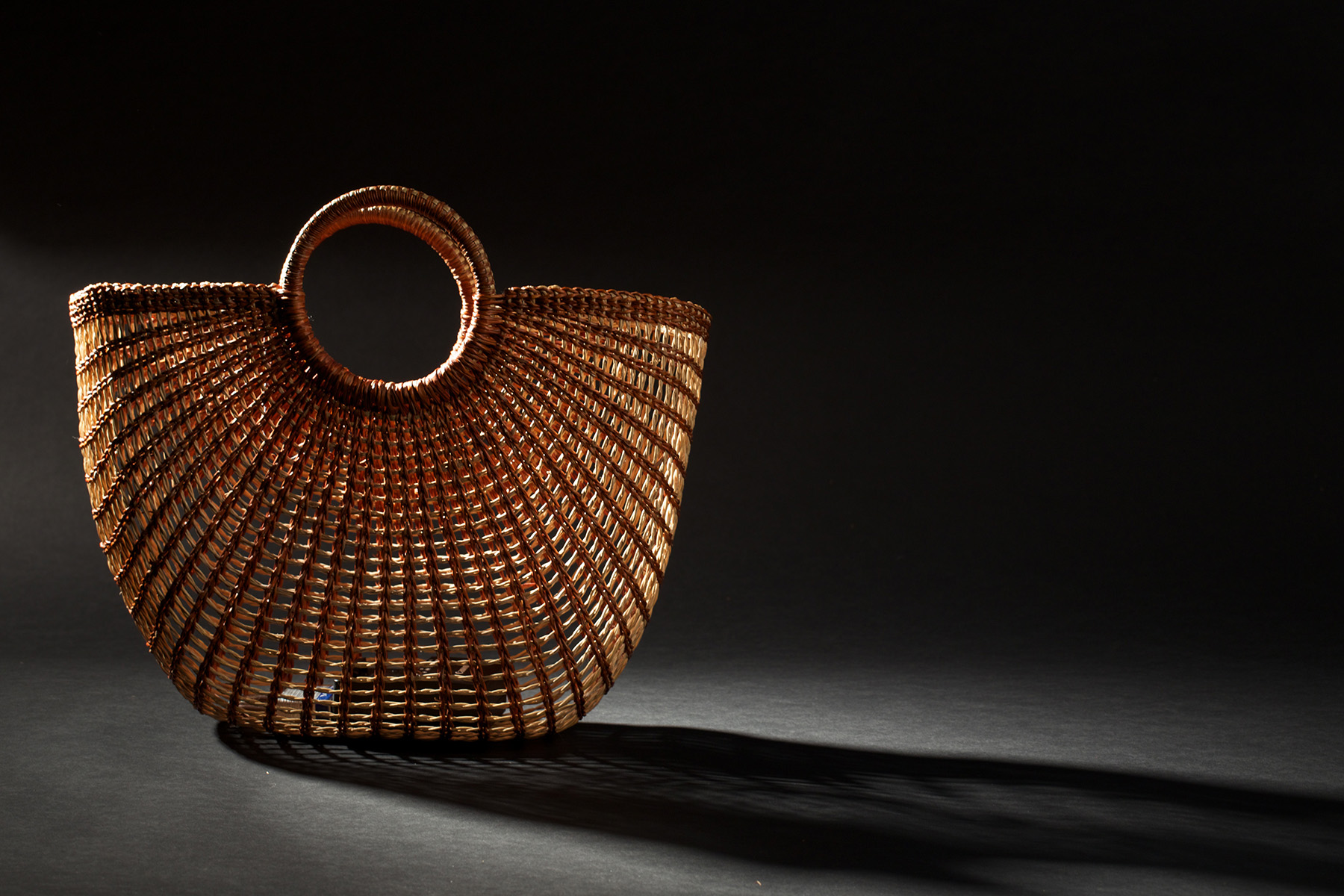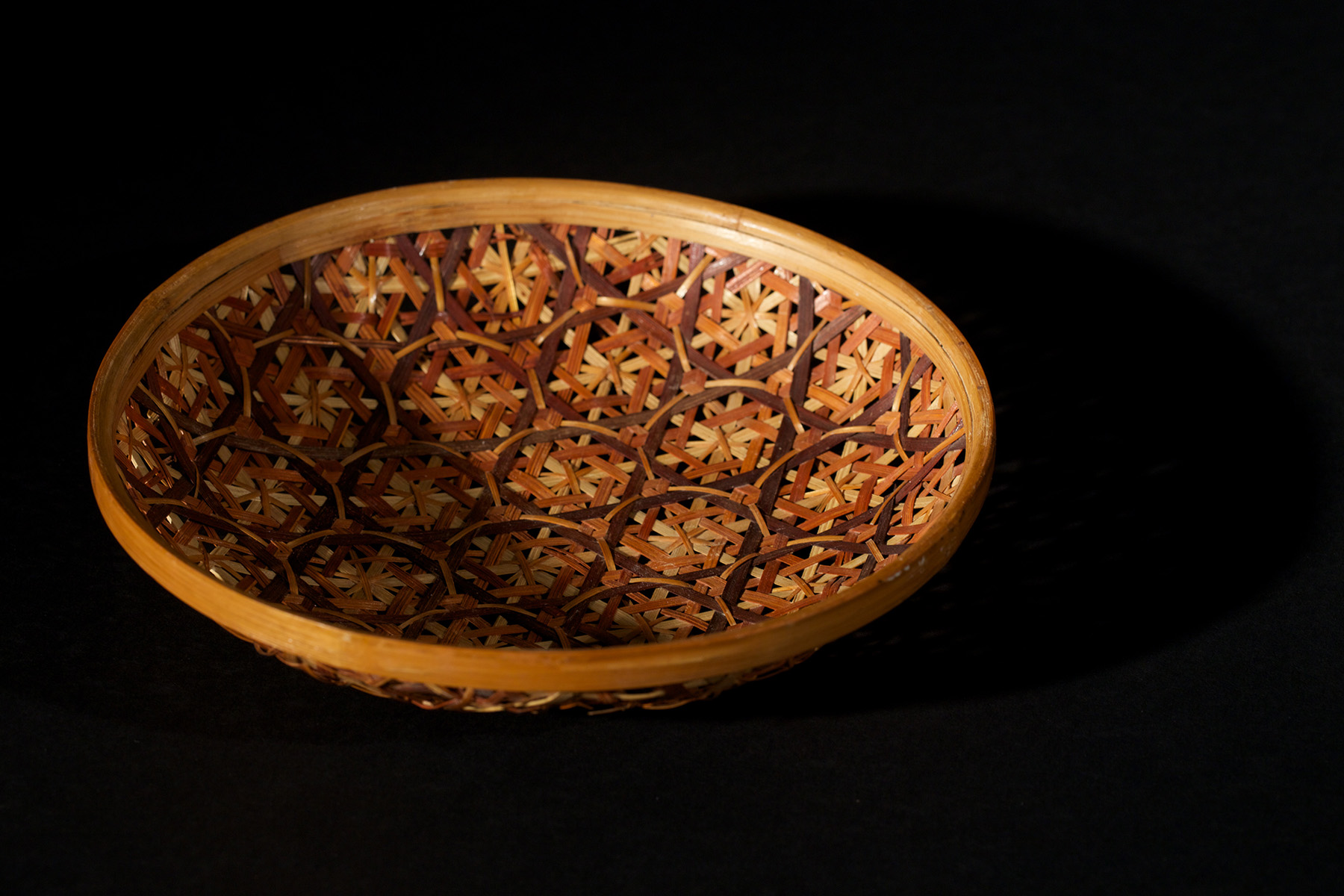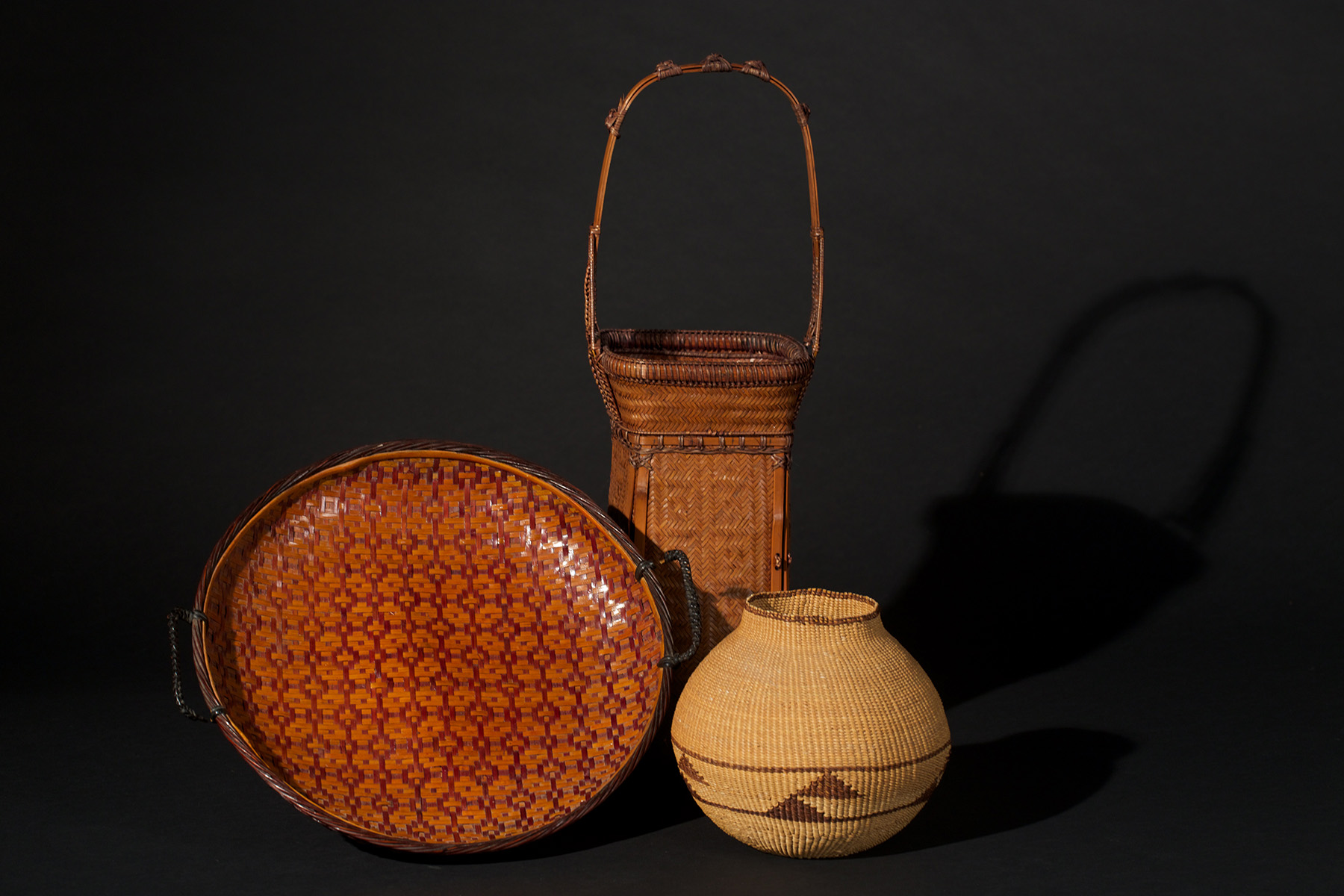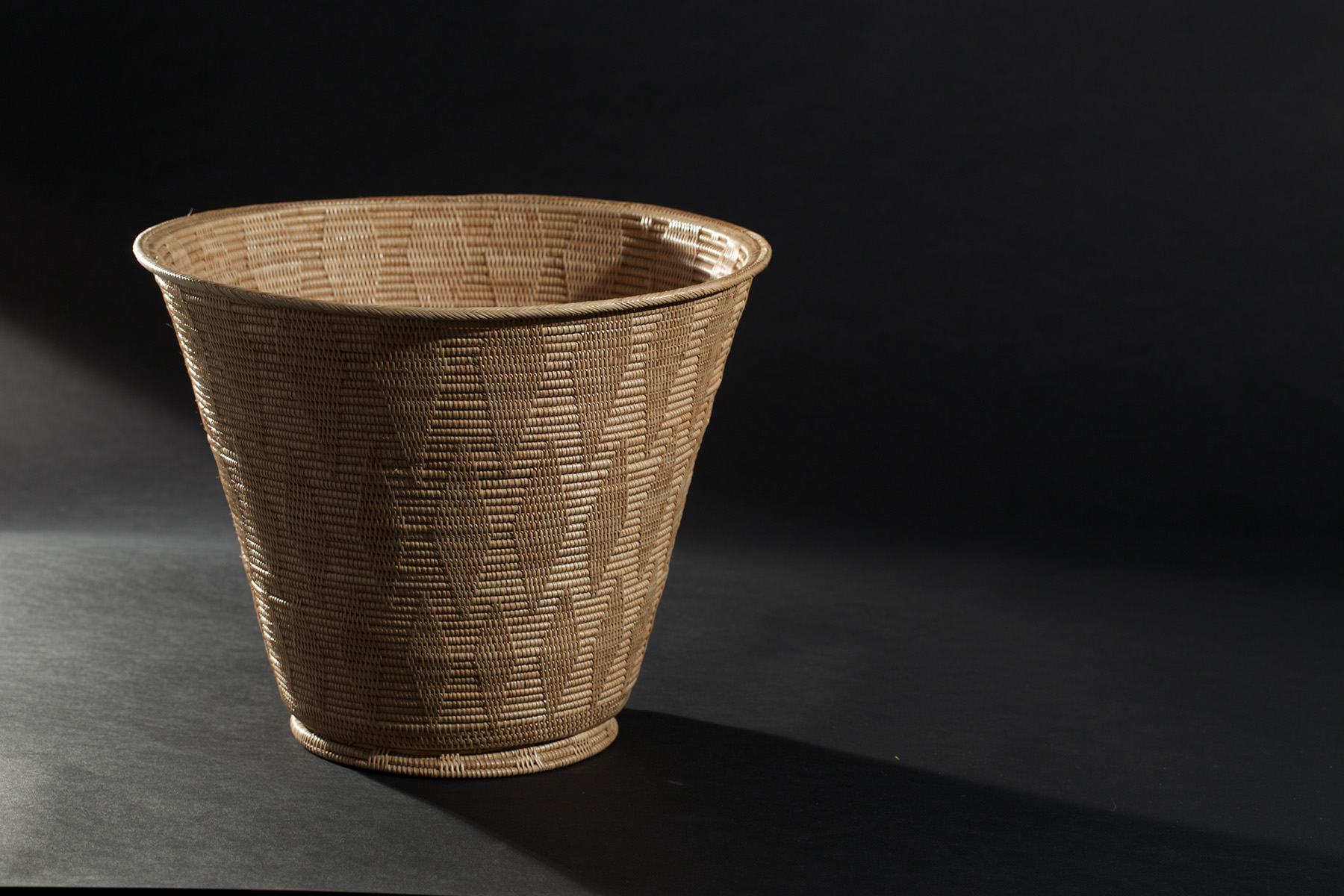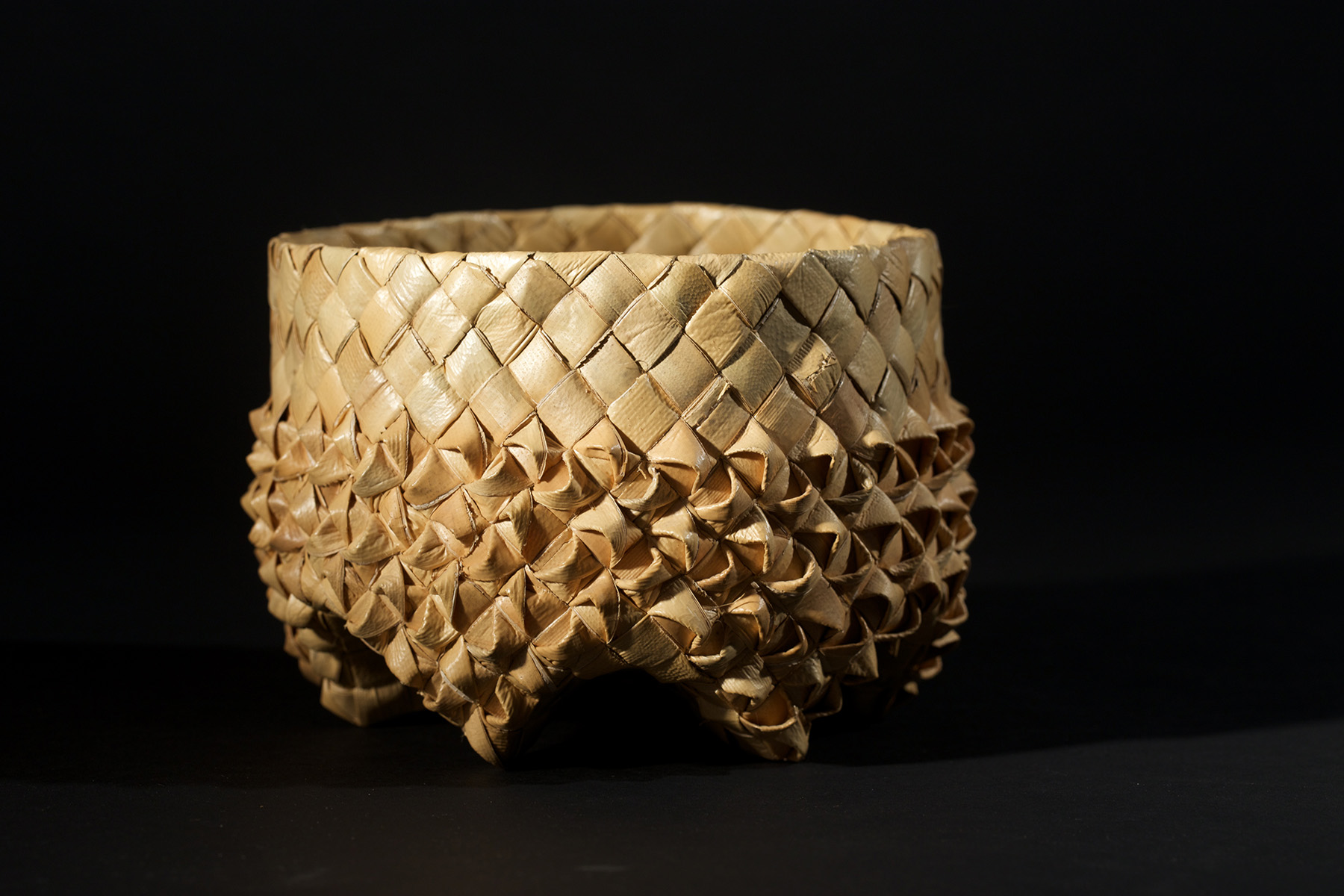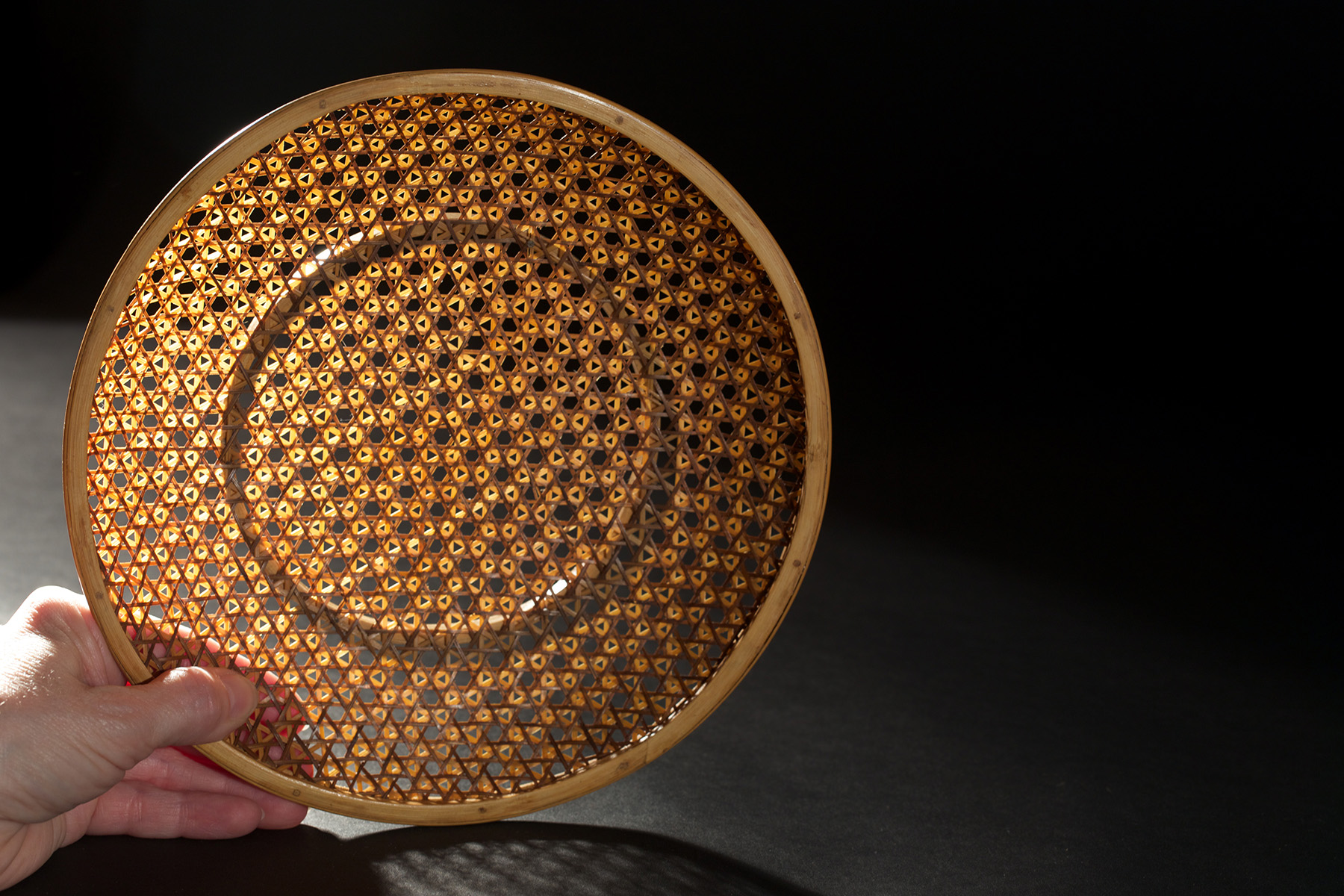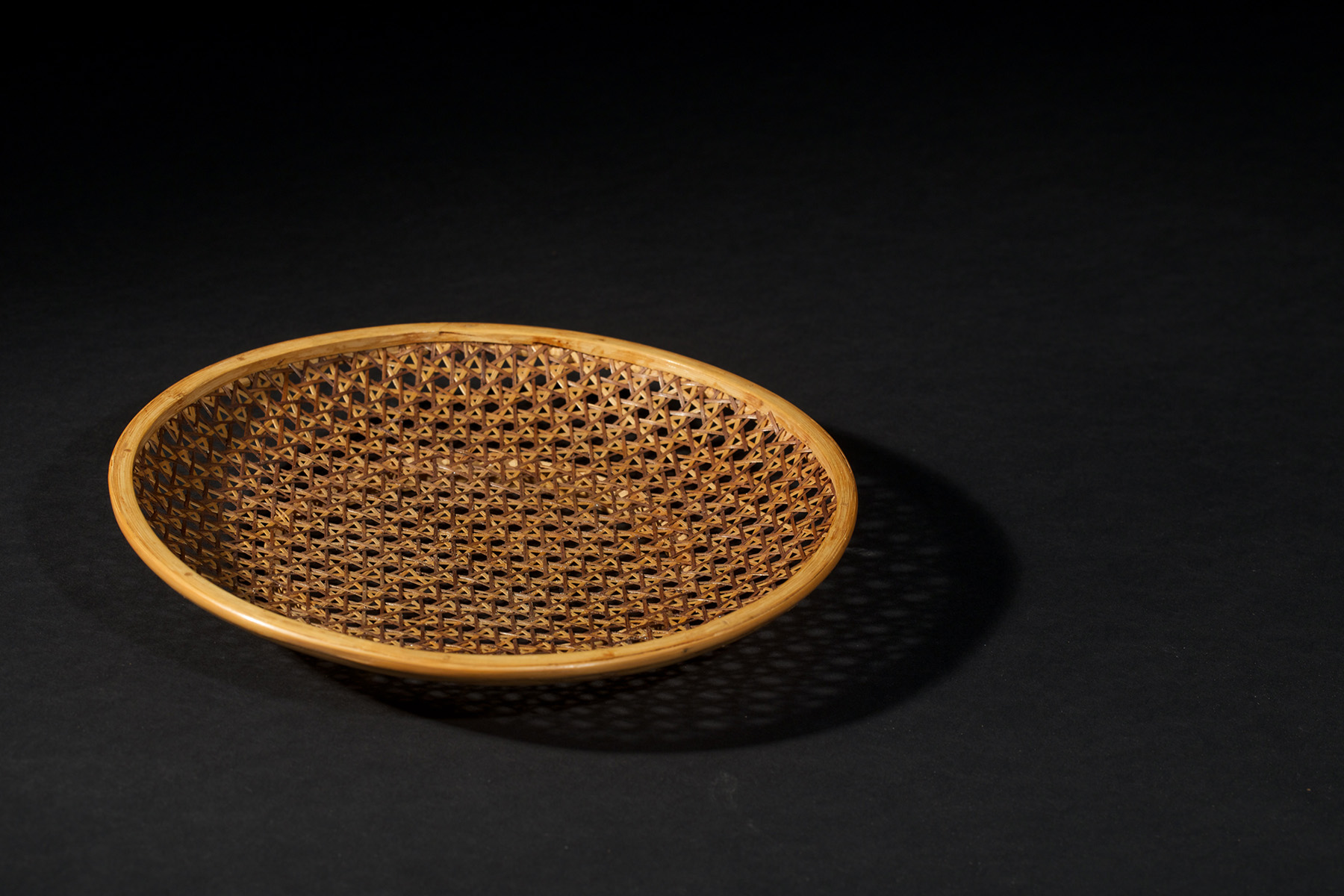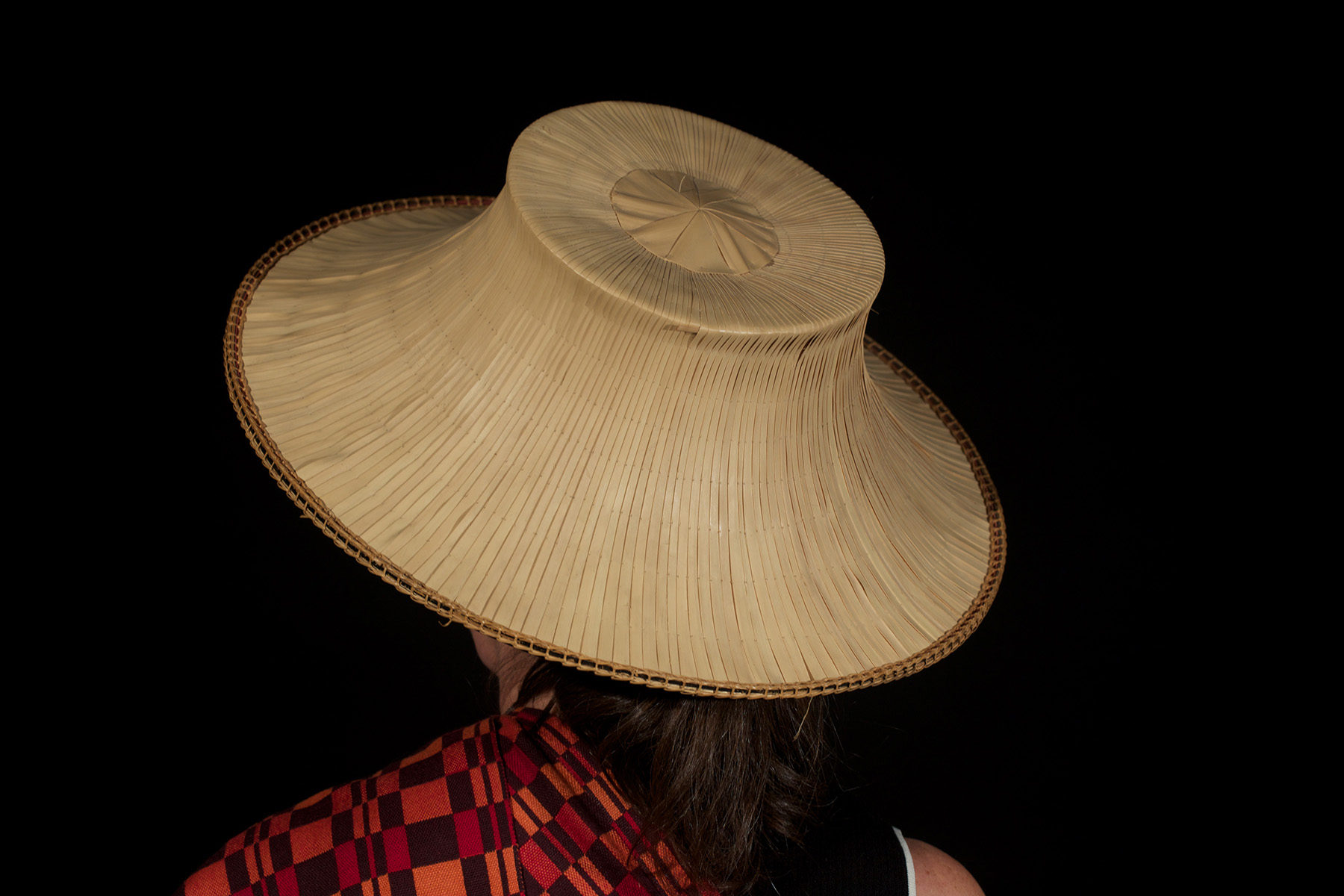Every collection, regardless of size or focus, has its own character, reflecting the interest and personality of the collector. Many include a few items of special interest, special due to their historical significance, their unique artistic quality, the extraordinary skill of the production, or the unusual technique they exemplify... Of course, sometimes it is a personal story, memory, or relationship that make them stand out.
Capturing the unique character of a collection and its importance to the collector is a challenge that the Shutter and the Shuttle welcomes, in addition to putting each item in its best light and letting its beauty shine.
Sample Portfolio
A trip to Mexico in 1955 and the exhibits in the Mexican pavilion during the 1962 World Fair sparked Leslie Grace's life-long love for the folk arts of the world. After leaving a teaching position, she opened La Tienda/ Folk Art Gallery in Seattle in 1962. This enabled her to pursue her passion professionally and - more importantly - share it with others. She always viewed her role as 'connecting people to people' and cherished the moments when a customer in La Tienda connected to the people of a remote culture.
Over the decades Leslie traveled to Latin America, West Africa, and Southeast Asia, introducing these new cultures to La Tienda and expanding her personal collection. With her growing expertise she taught textile and folk art classes at the University of Washington, led cultural trips to Mexico for the U of W and became a textile consult for such places as the Mingei museum in San Diego and the Textile Museum in Washington DC.
This special collection of molas was acquired during four different visits with the Kuna people in the San Blas archipelago between 1967 and 1994 in the Caribbean (now called the Kuna Yala). A mola can refer either to the blouse worn by the Kuna women or to the appliquéd panels of the blouse. Molas are famous for their intricate stitching and the fine cutting of the imagery in each panel. Usually the front and the back resemble each other but are not identical. This collection of 60 or more pieces remains very special to Leslie not only because of the quality of the work and the artistic expression but because of her connections with these very independent, proud people.
This anonymous Seattle area collector lived for many years in Saudia Arabia and Ethiopia. While living abroad, and during numerous travels around the world, they aquired a substantial collection folk art.
After retirement they returned back to the Seattle area and used their collection to decorate their home, turning it into live-in museum, reflecting an adventurous life.
Interlacement of all types fascinate this Seattle area folk art instructor and enthusiast. In her mind, baskets exemplify all that makes folk art her life’s work: the useful, made beautiful.
Nothing delights this collector more, than to examine an excellent basket and imagine the artist skillfully laying the fibers over and under. Basket-making is one of the few products that are still completely human-made. Machines can weave, knit, felt, and braid… but humans still make the baskets!
